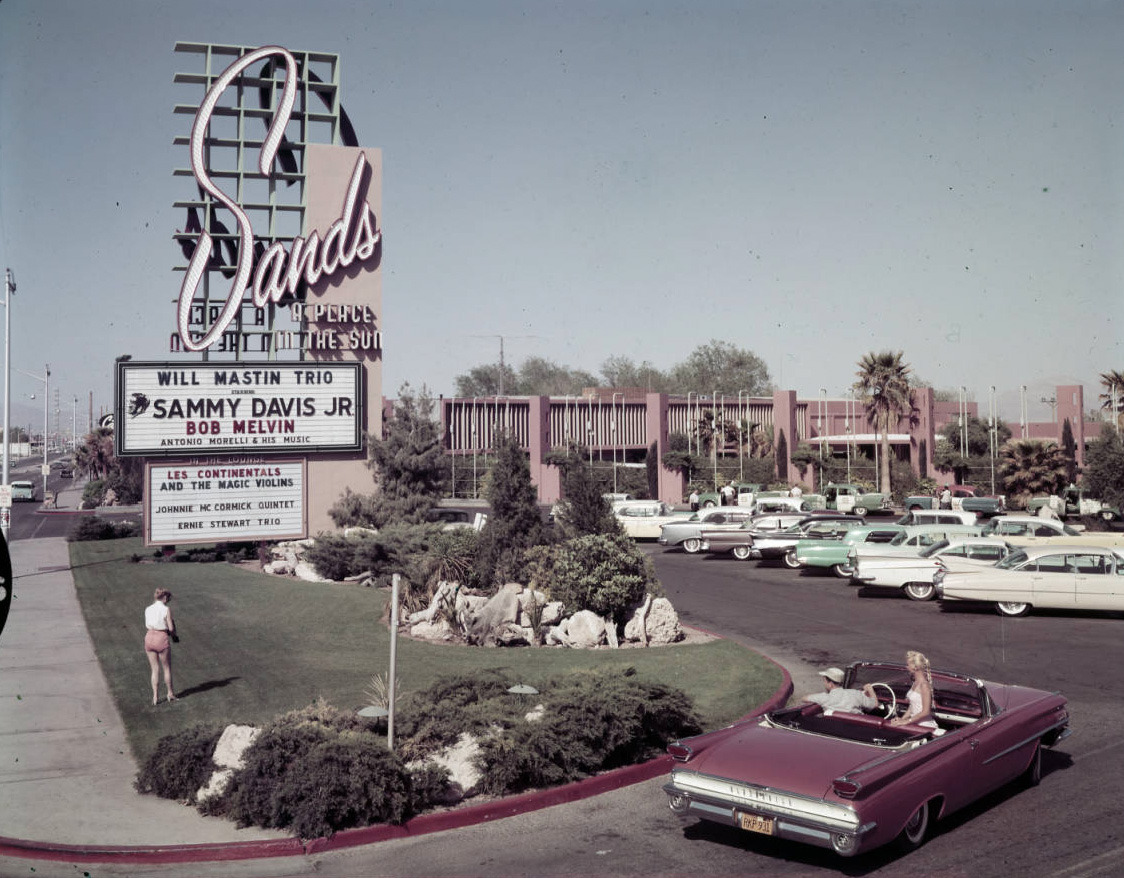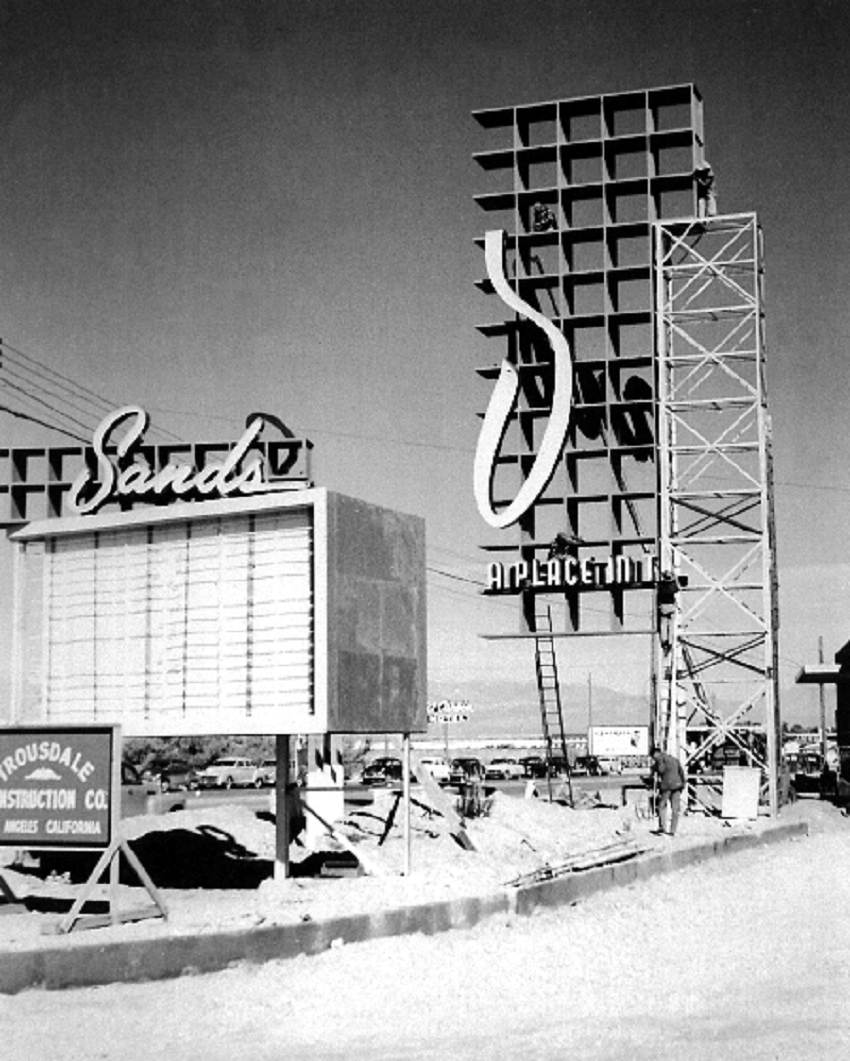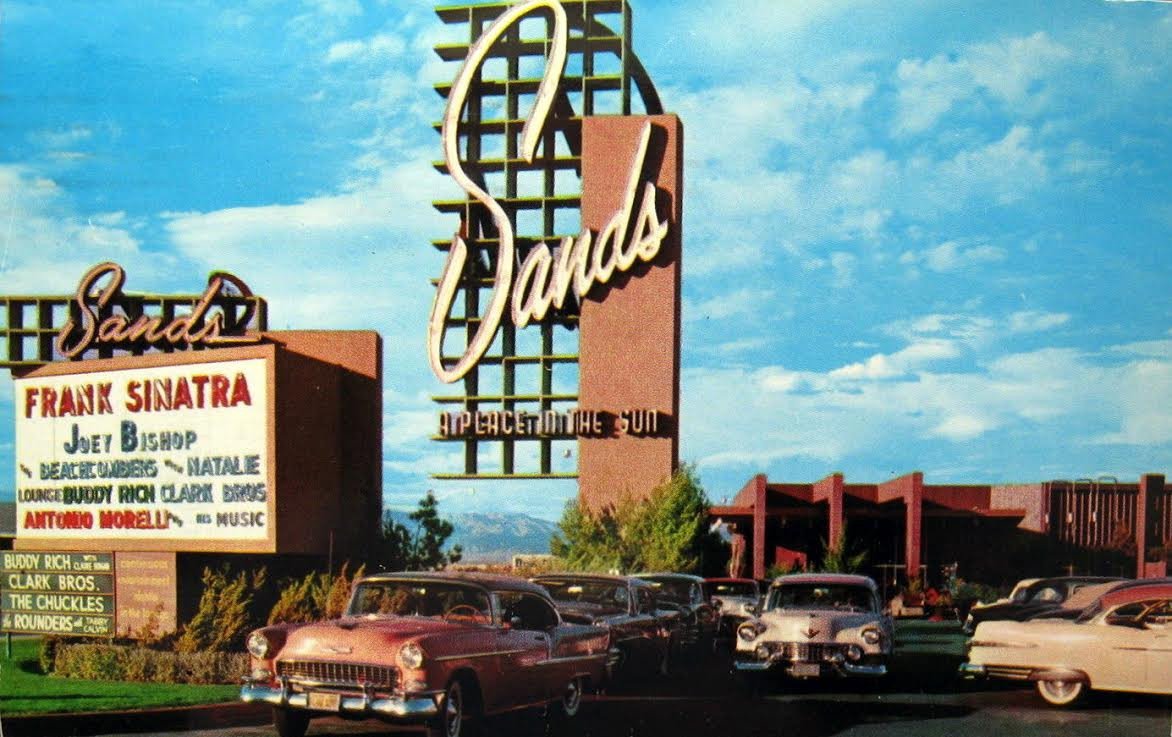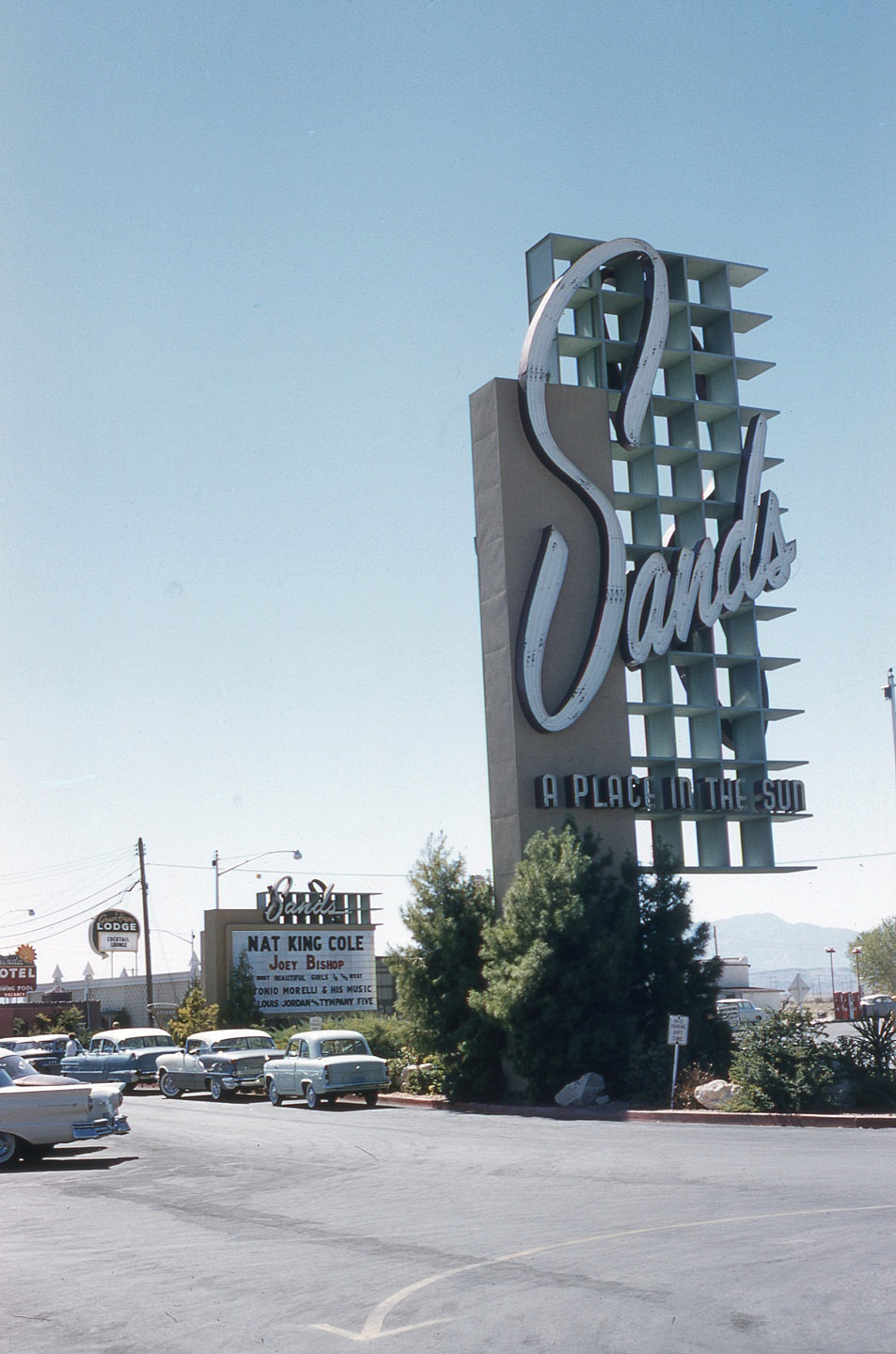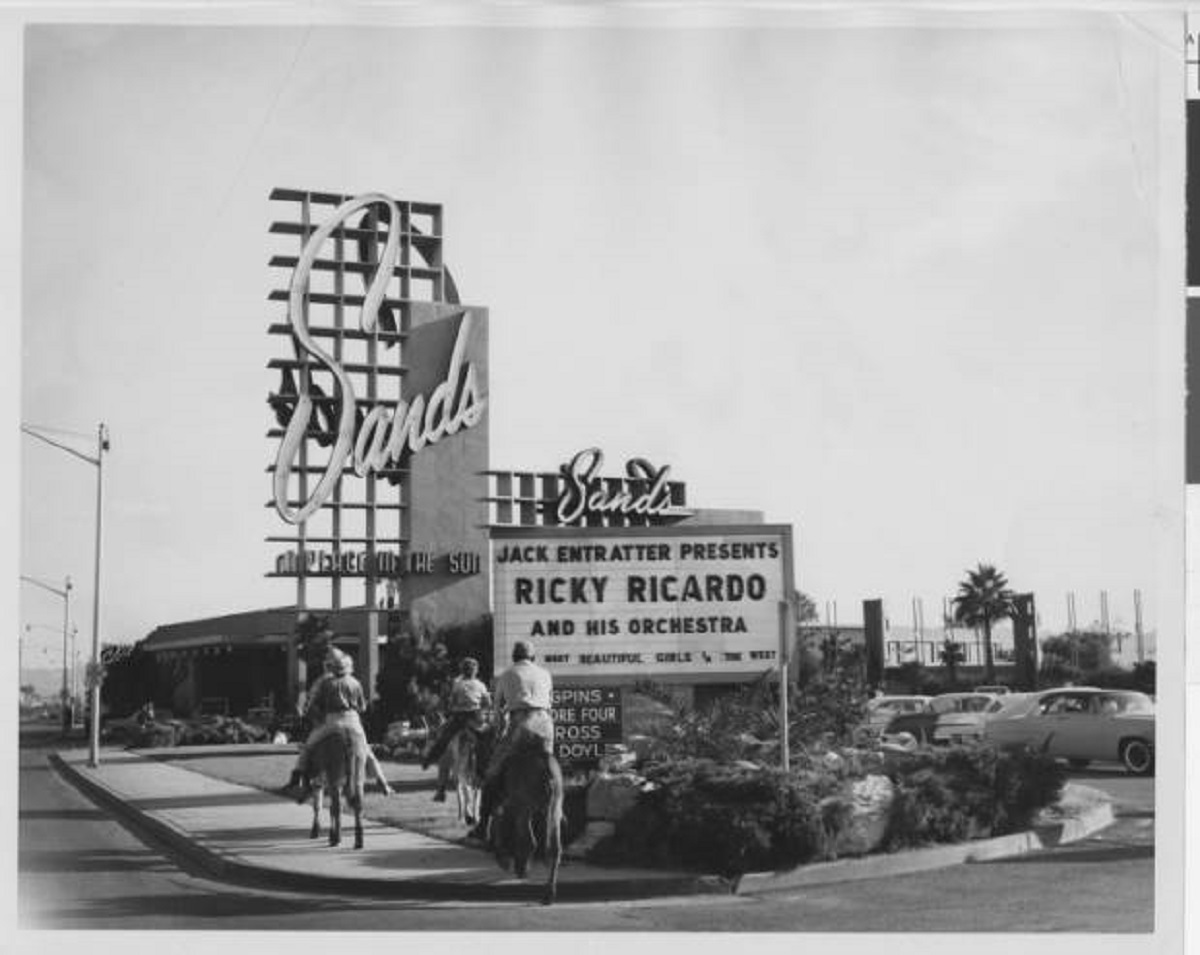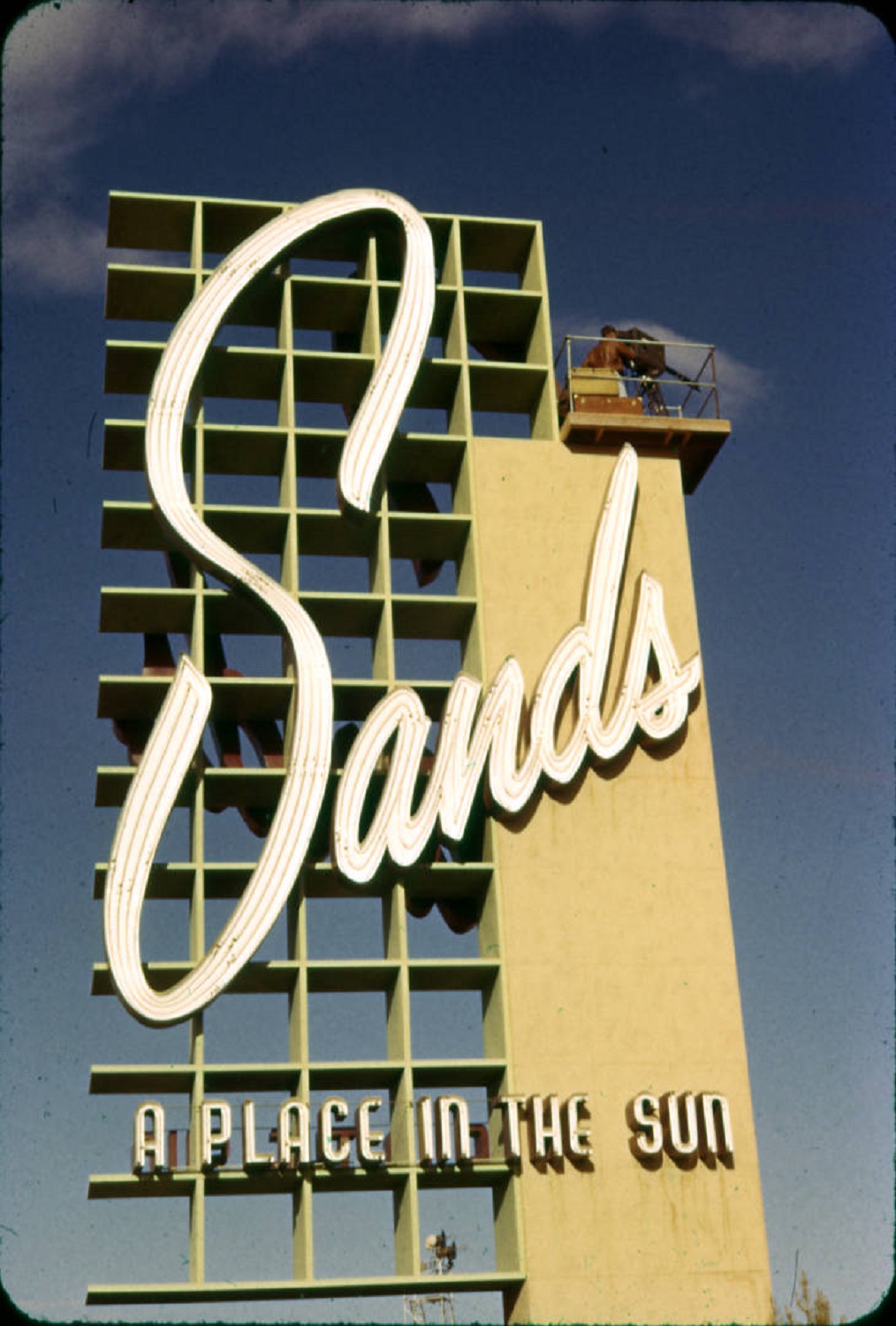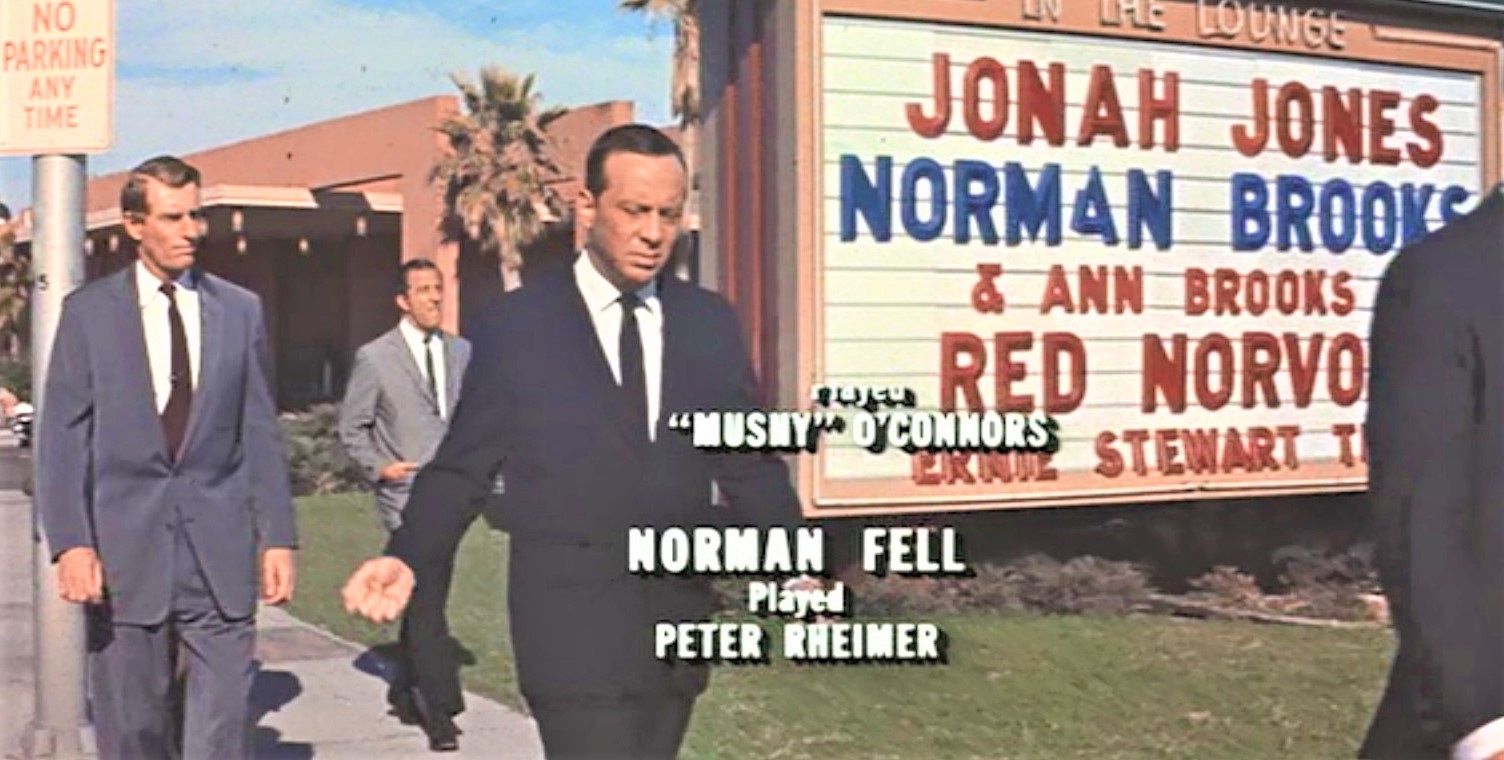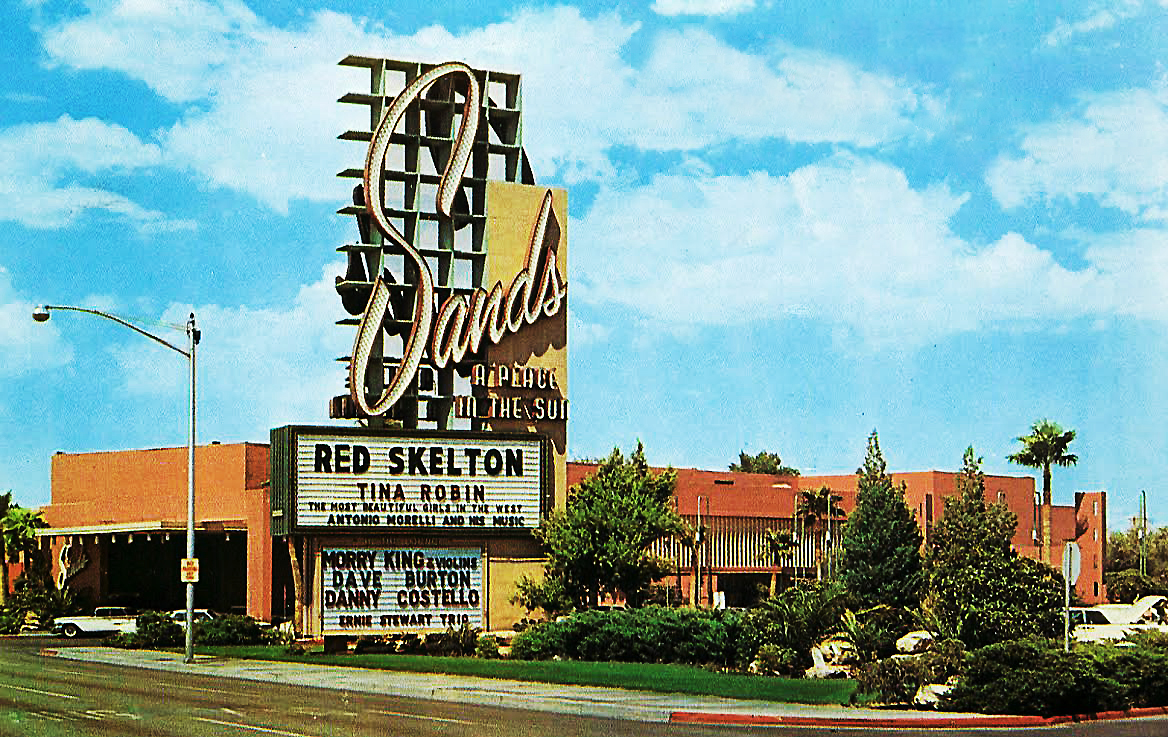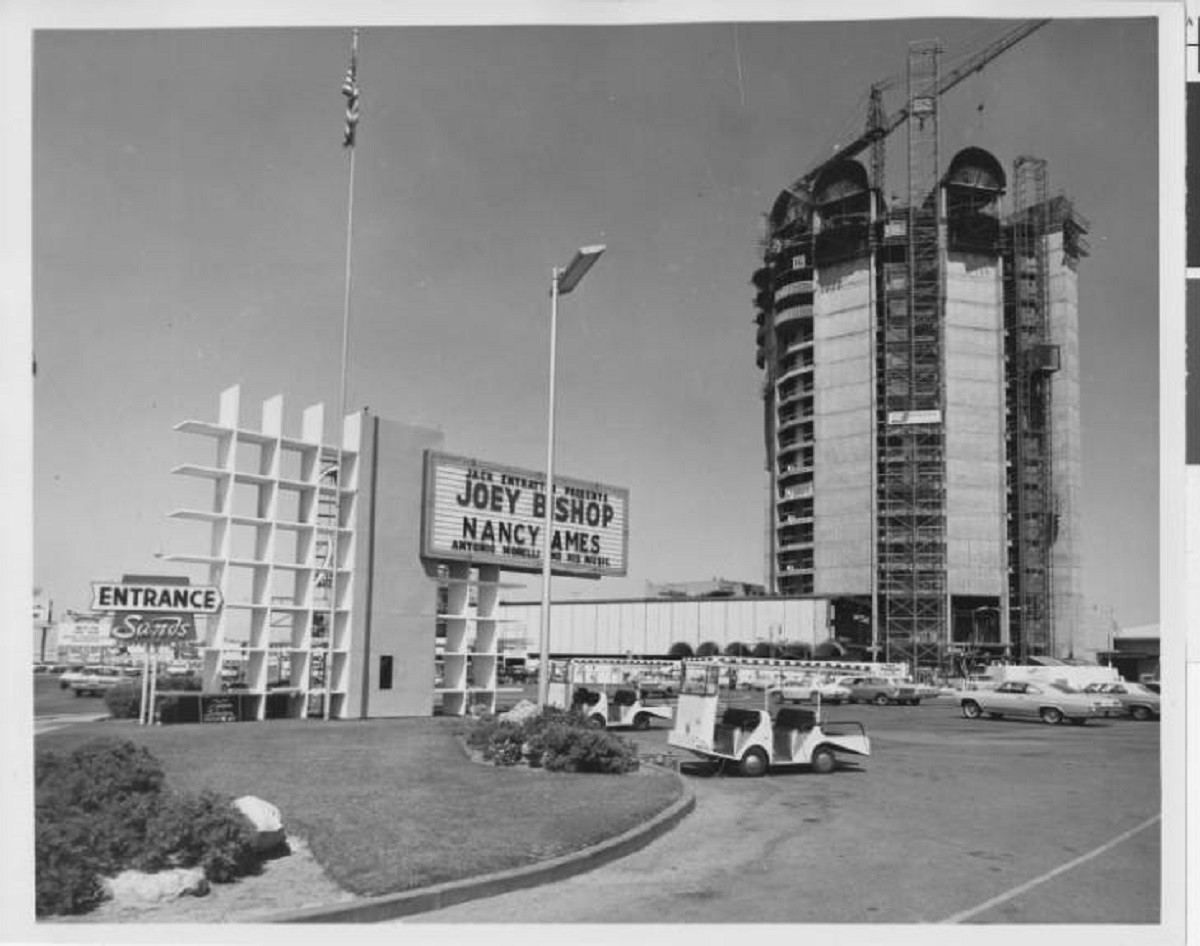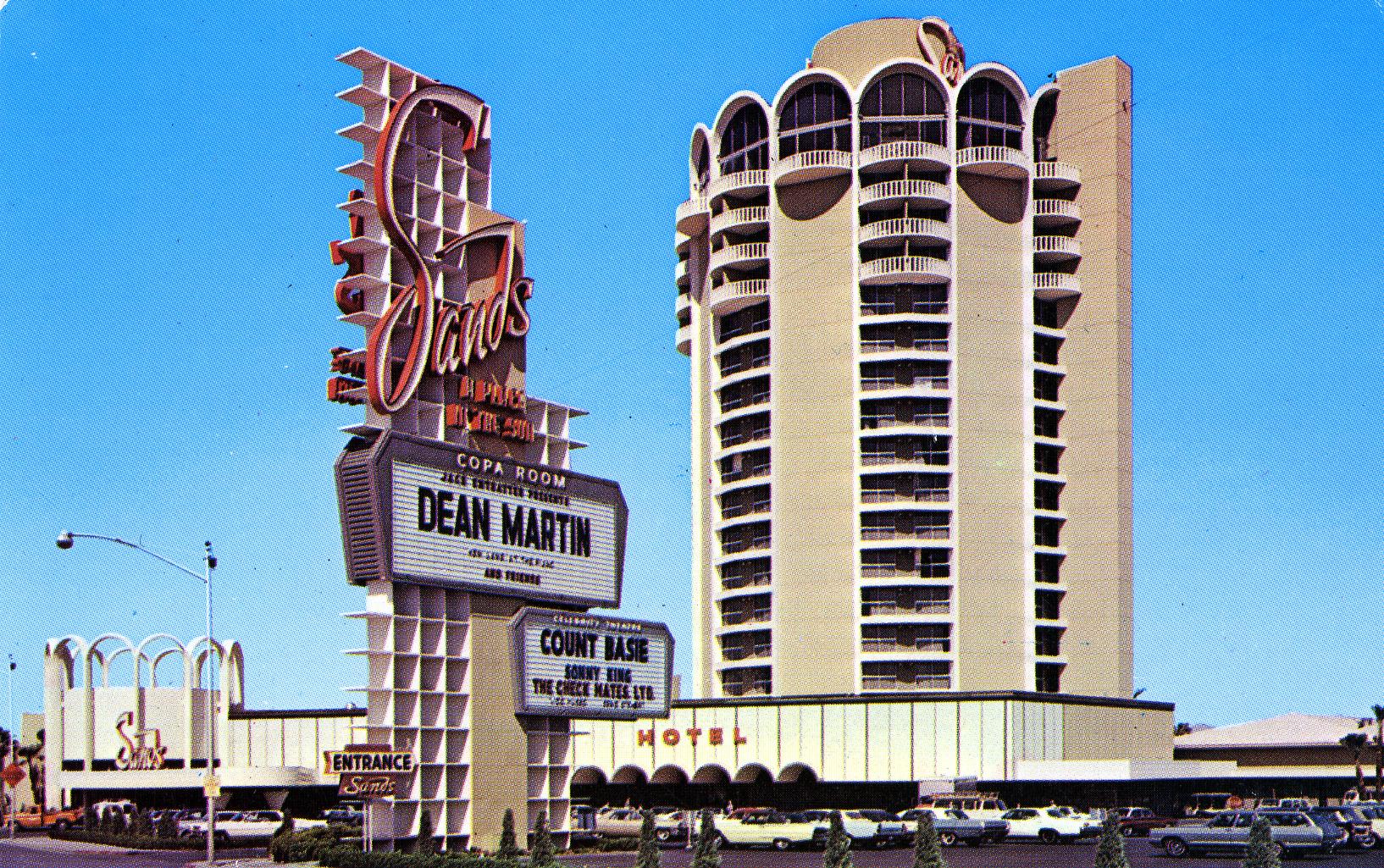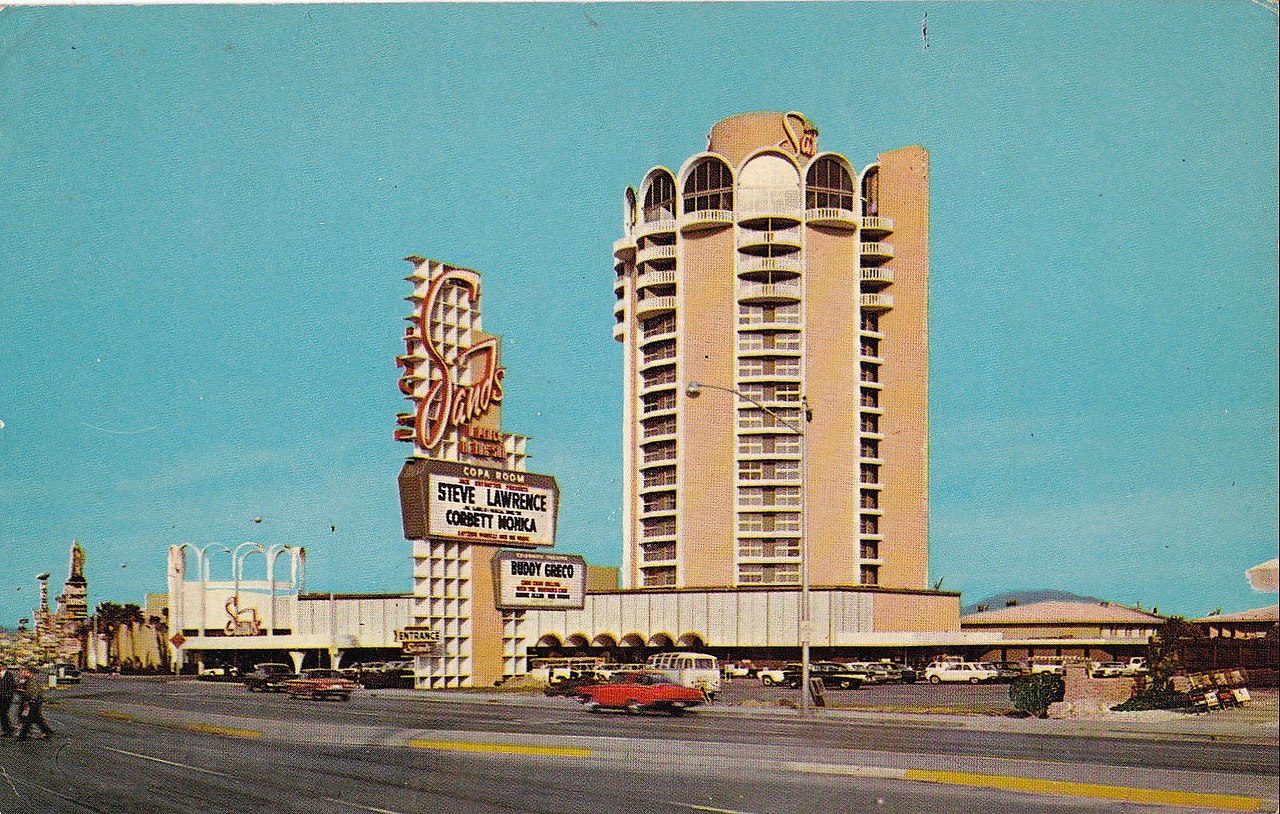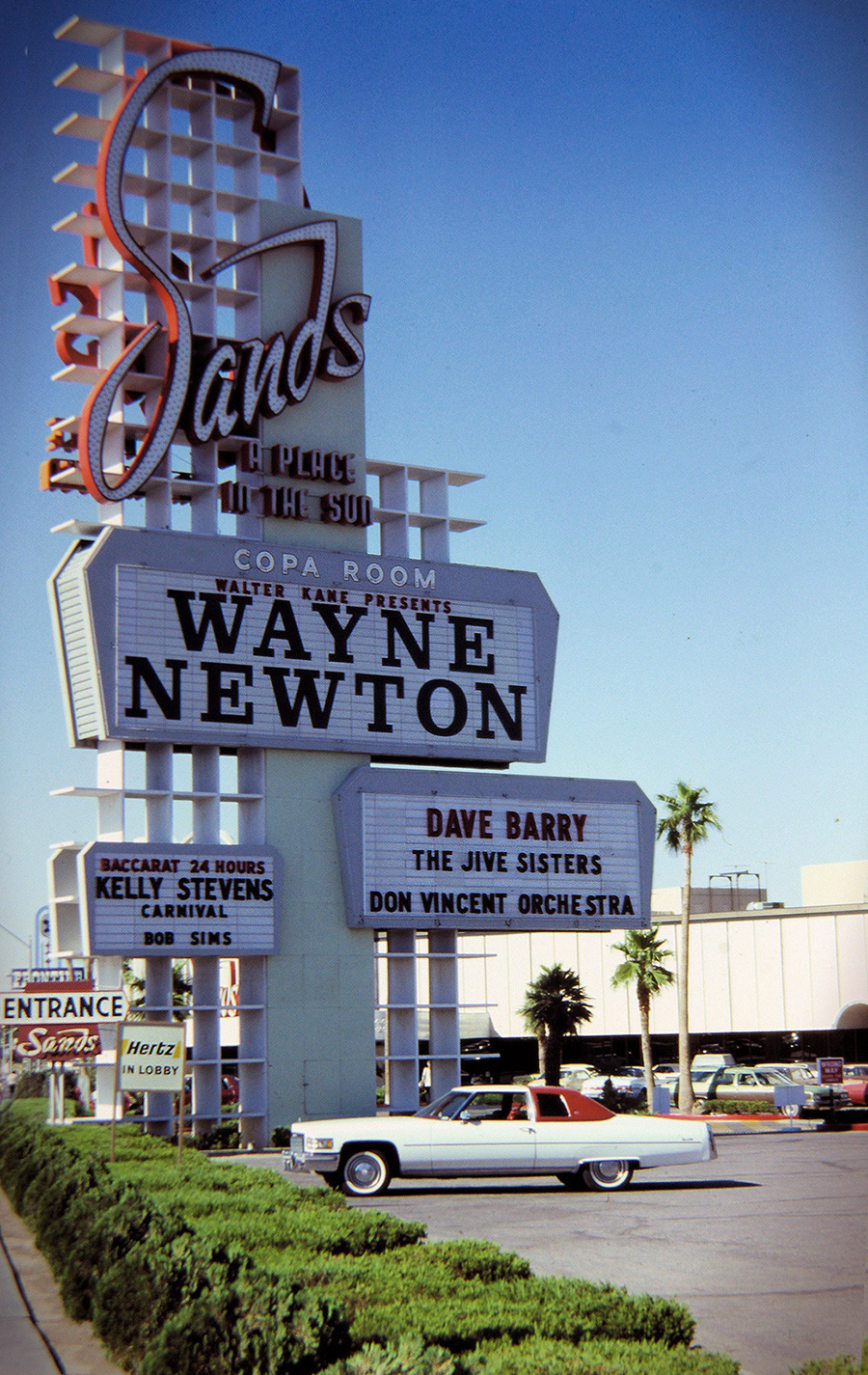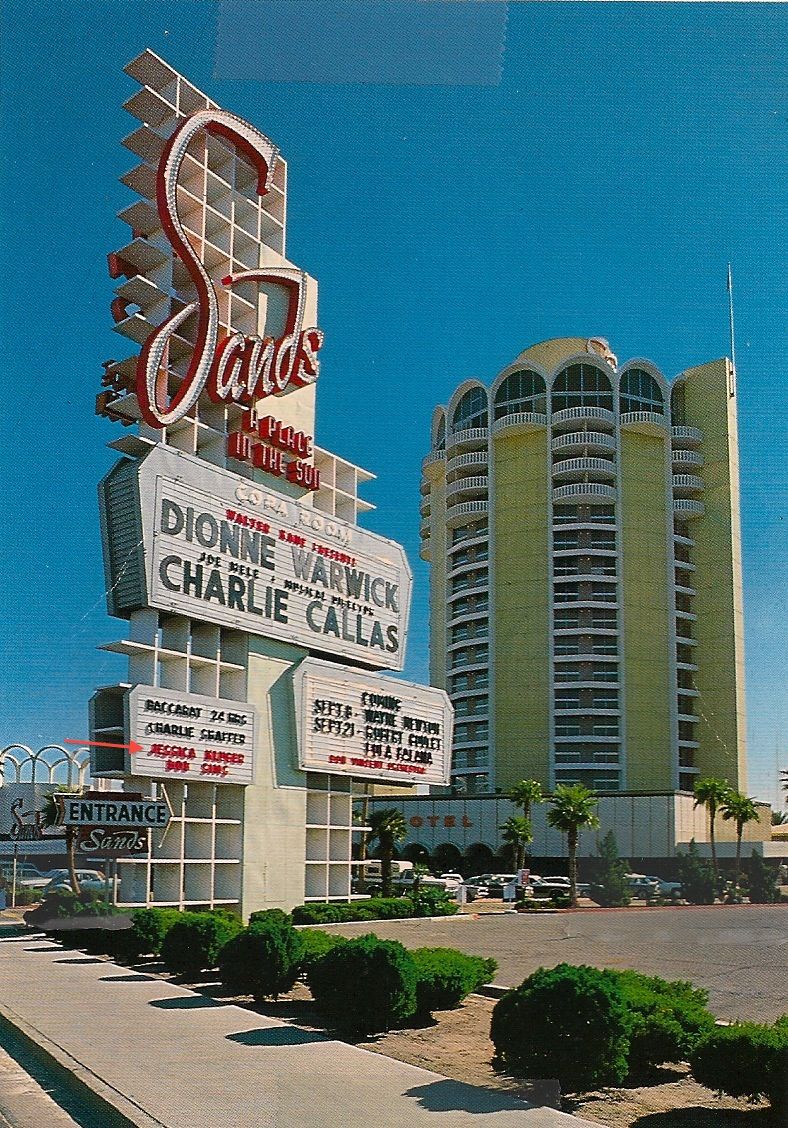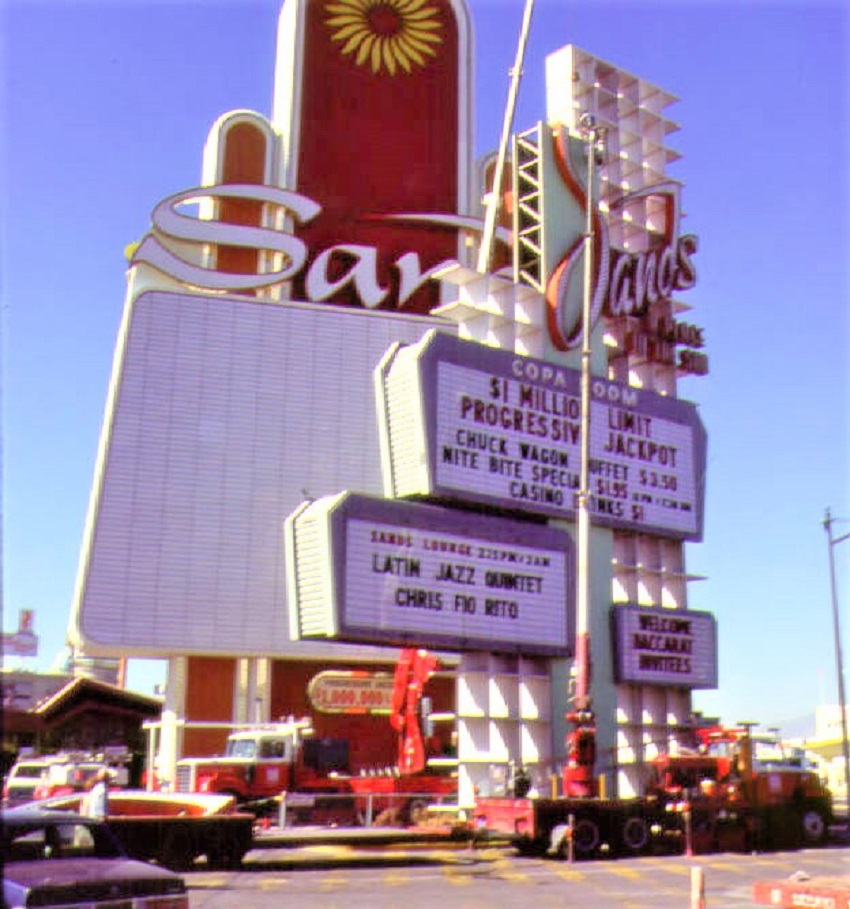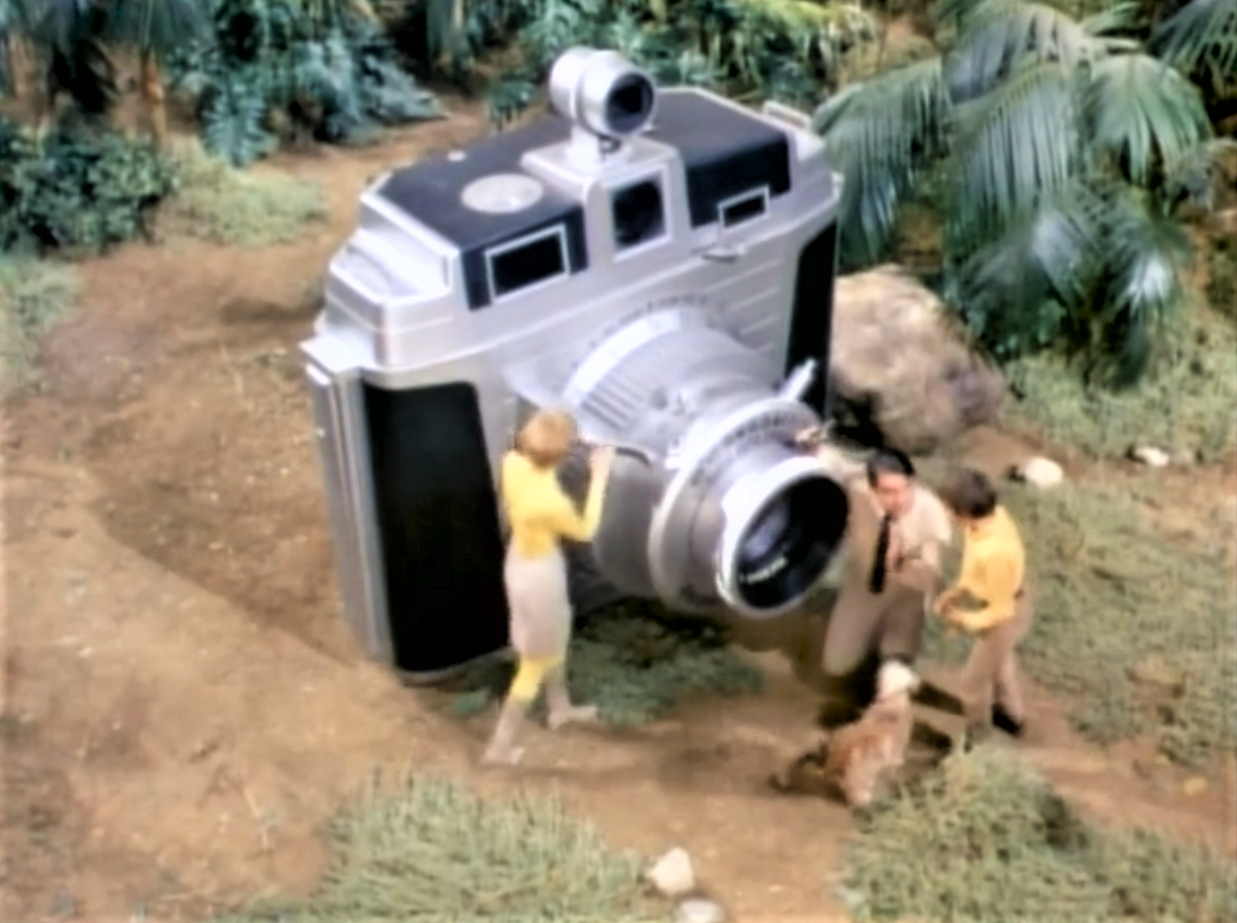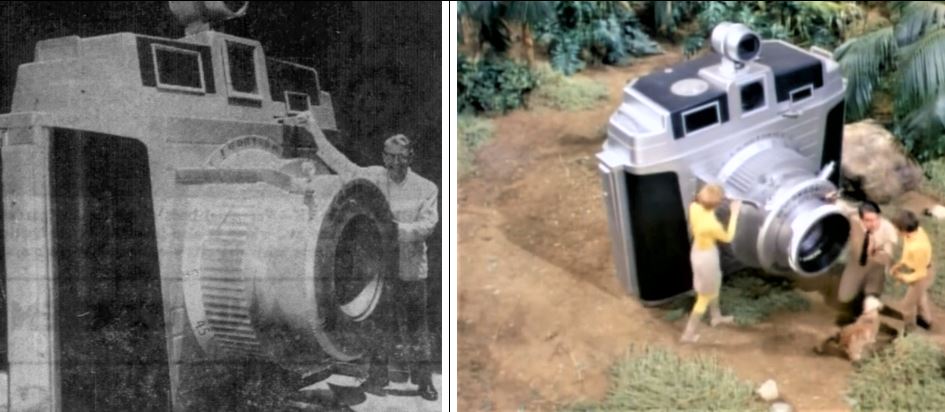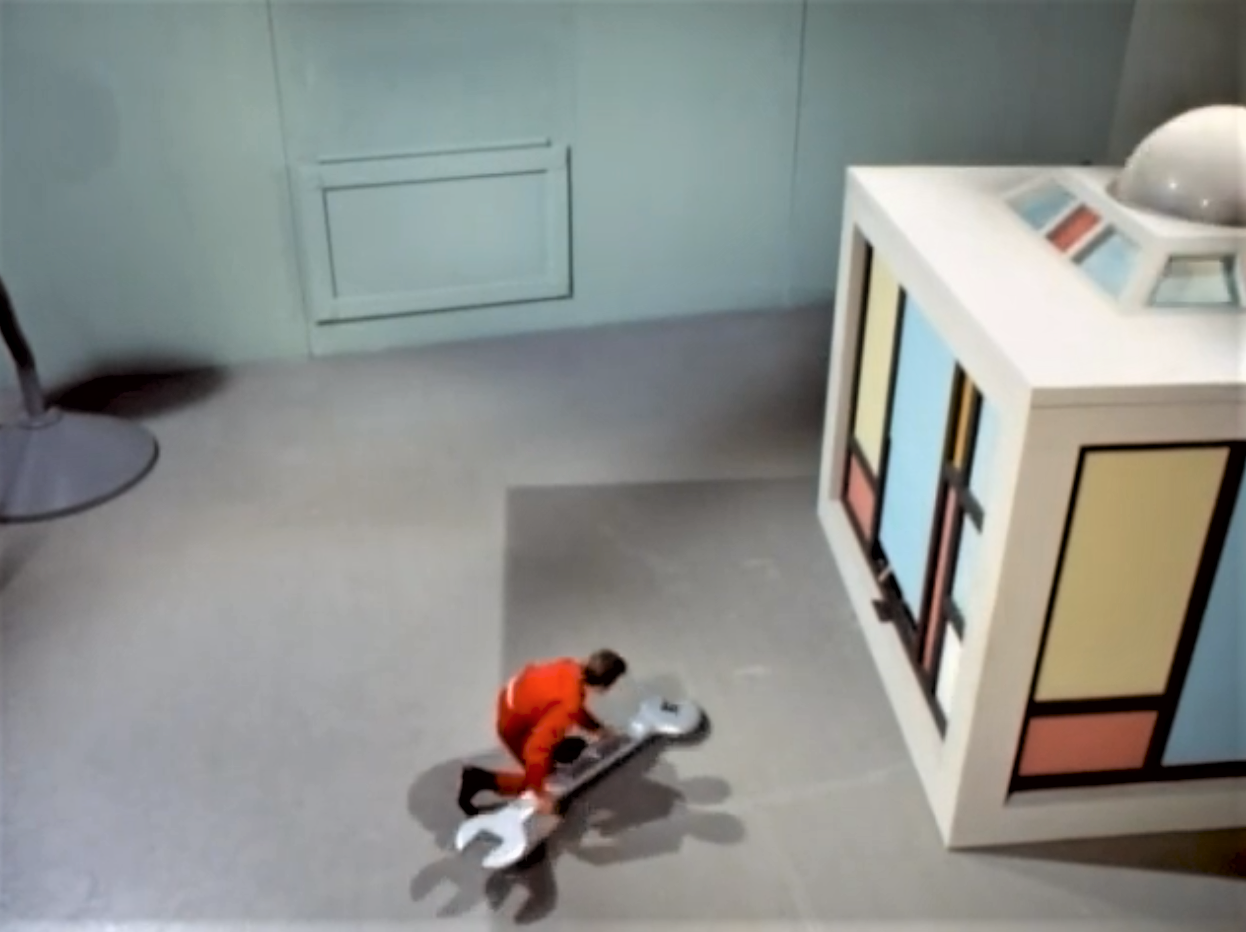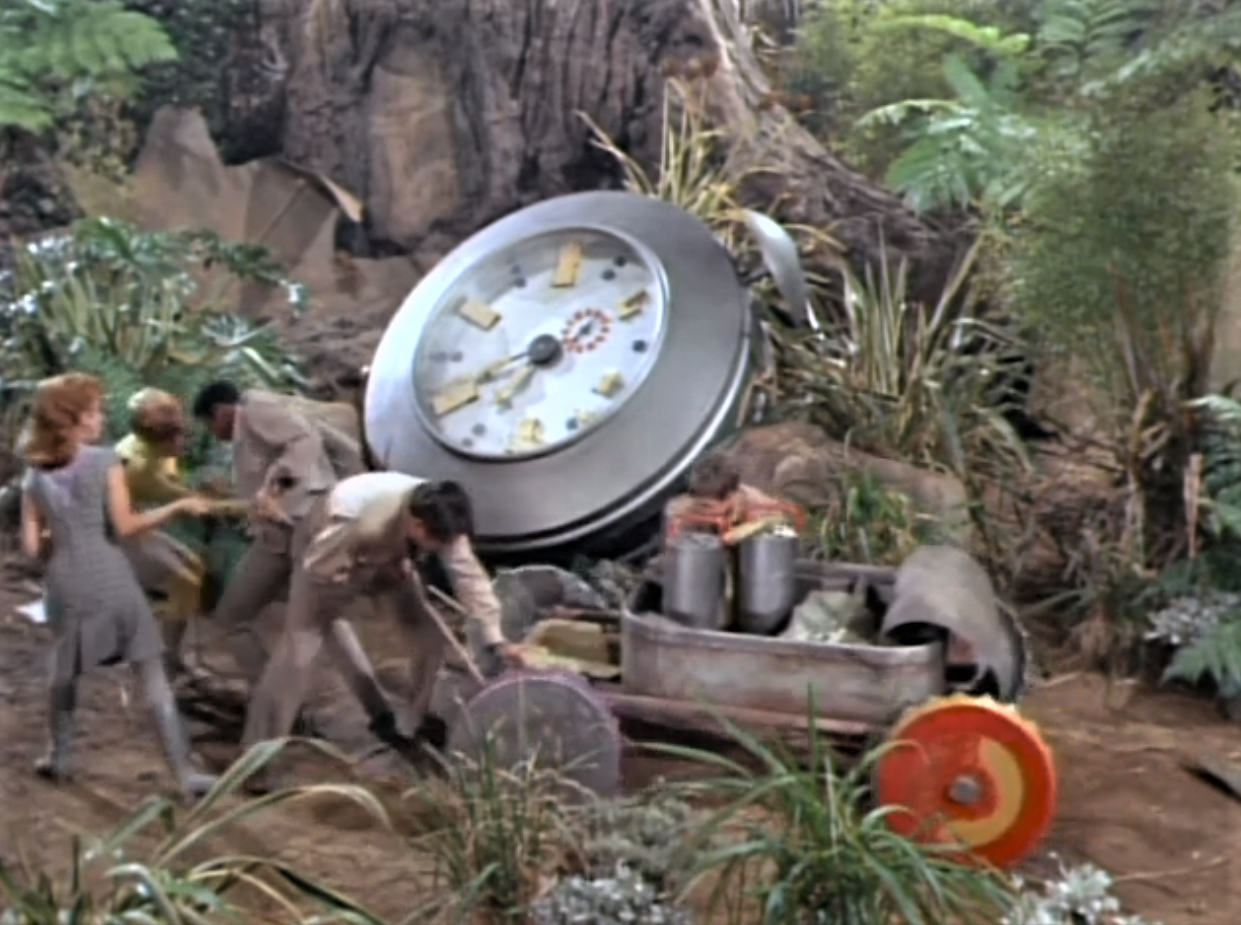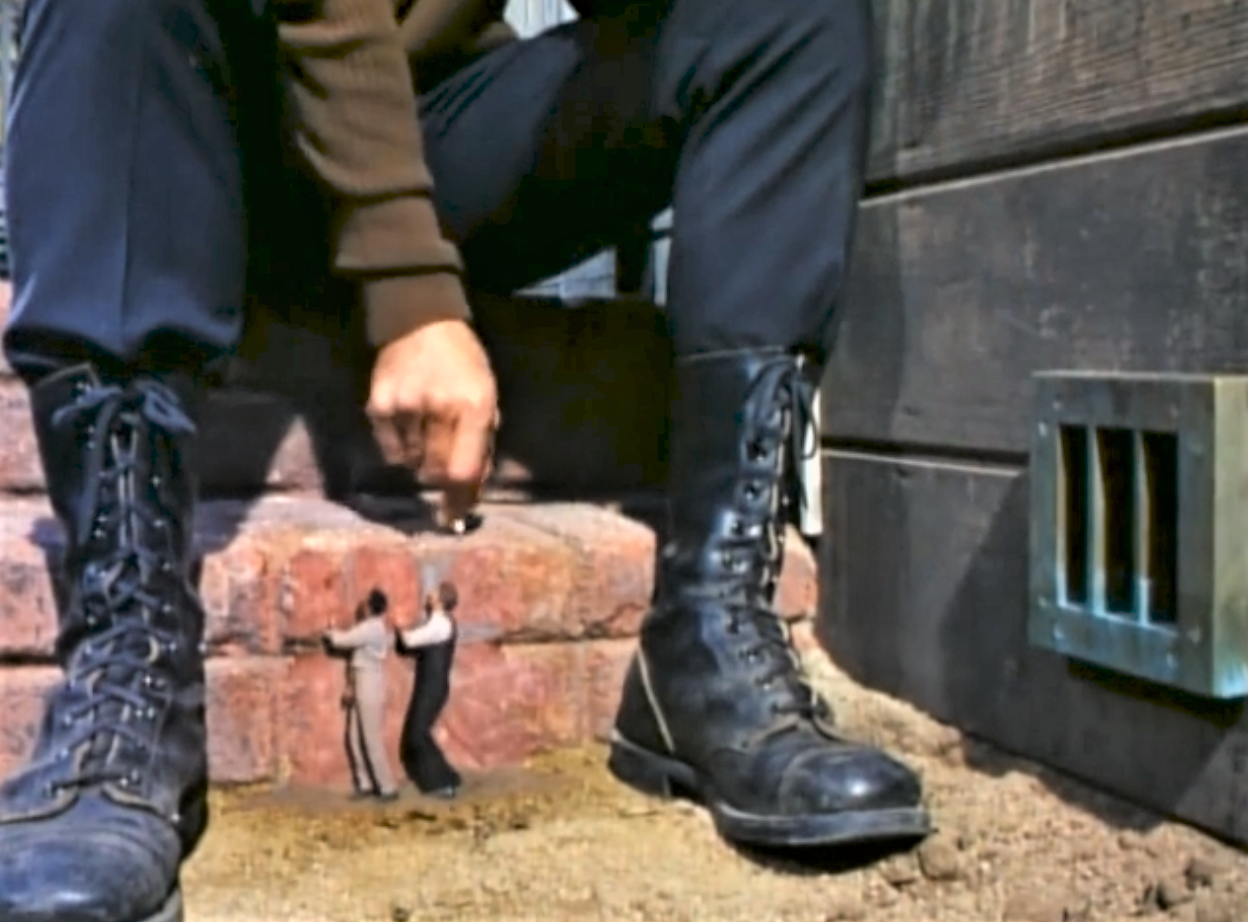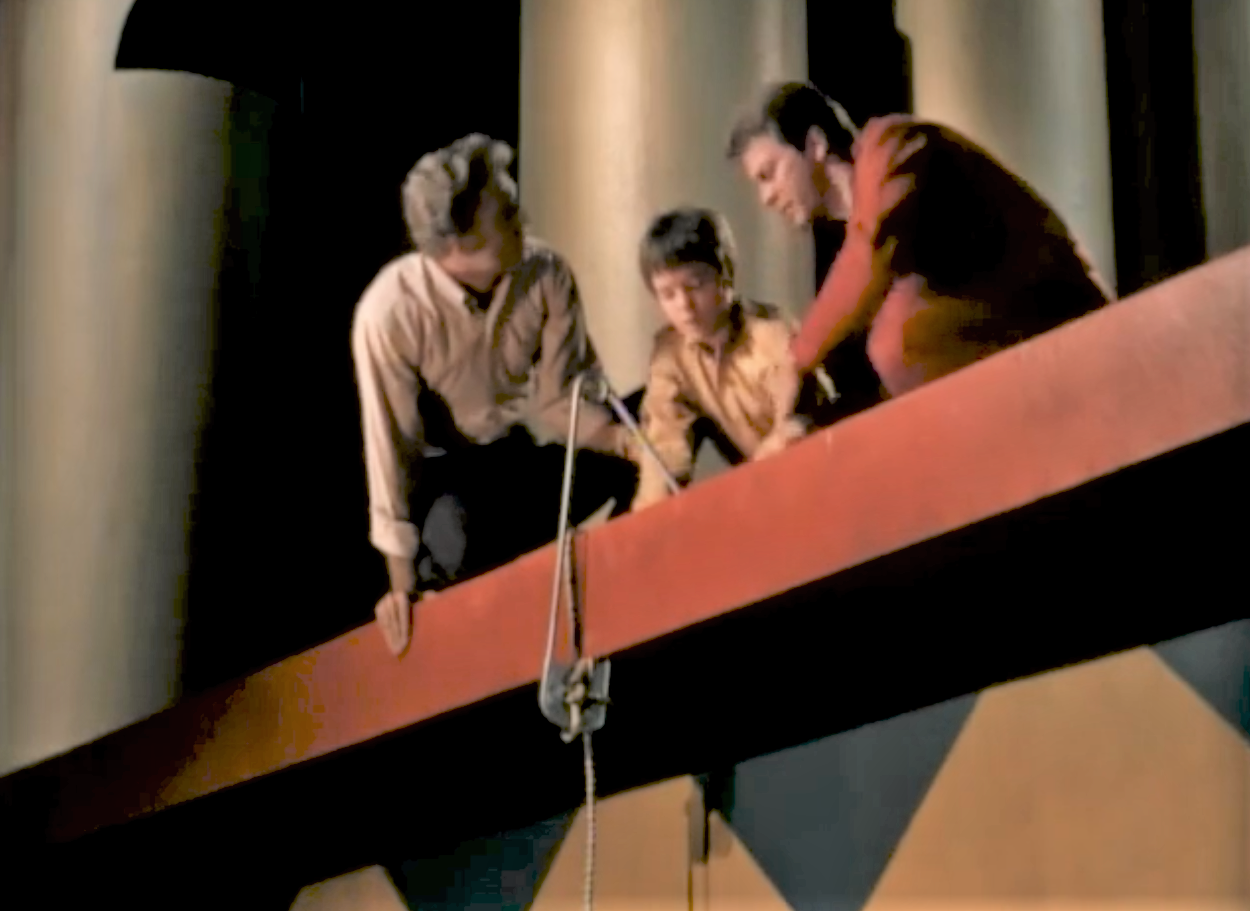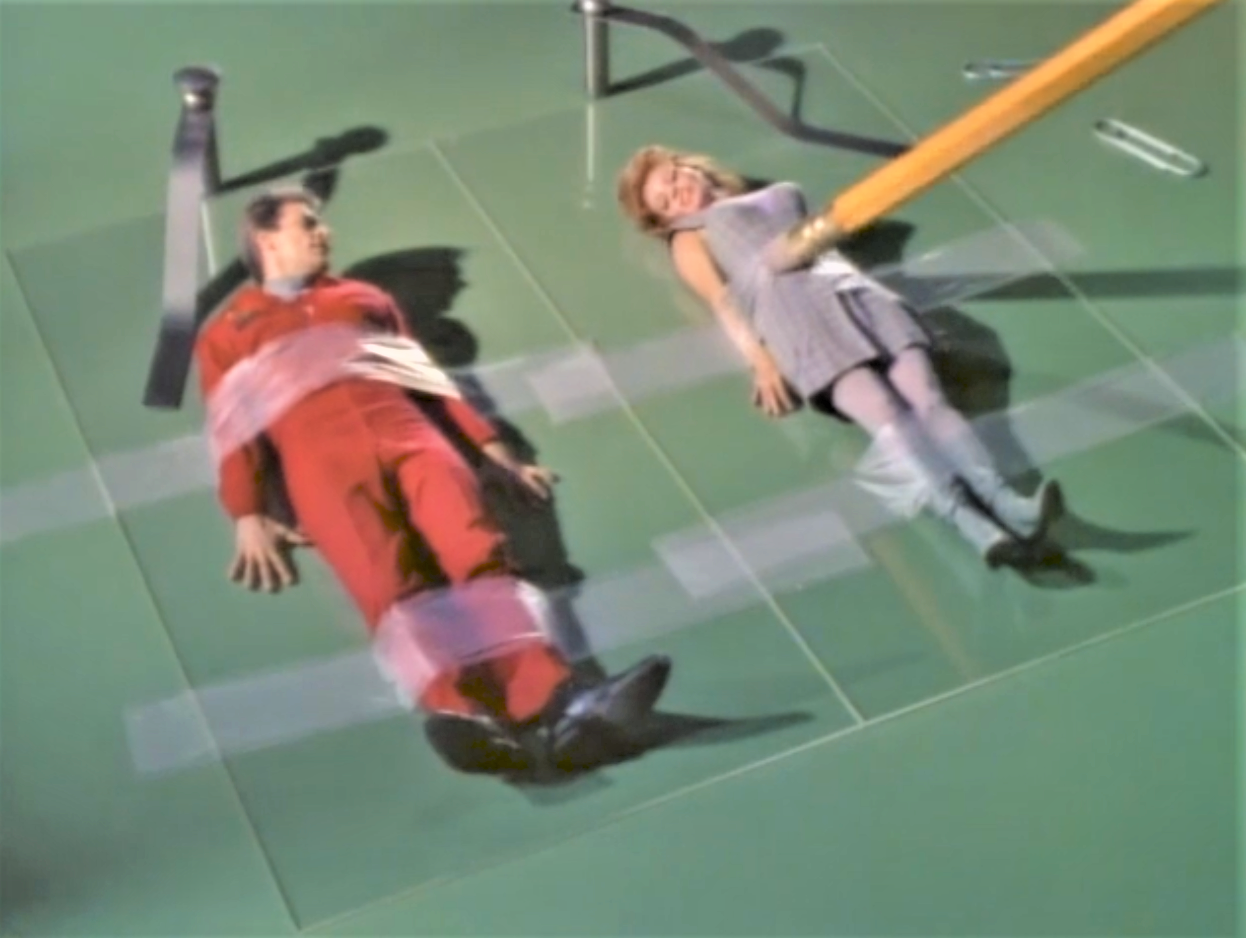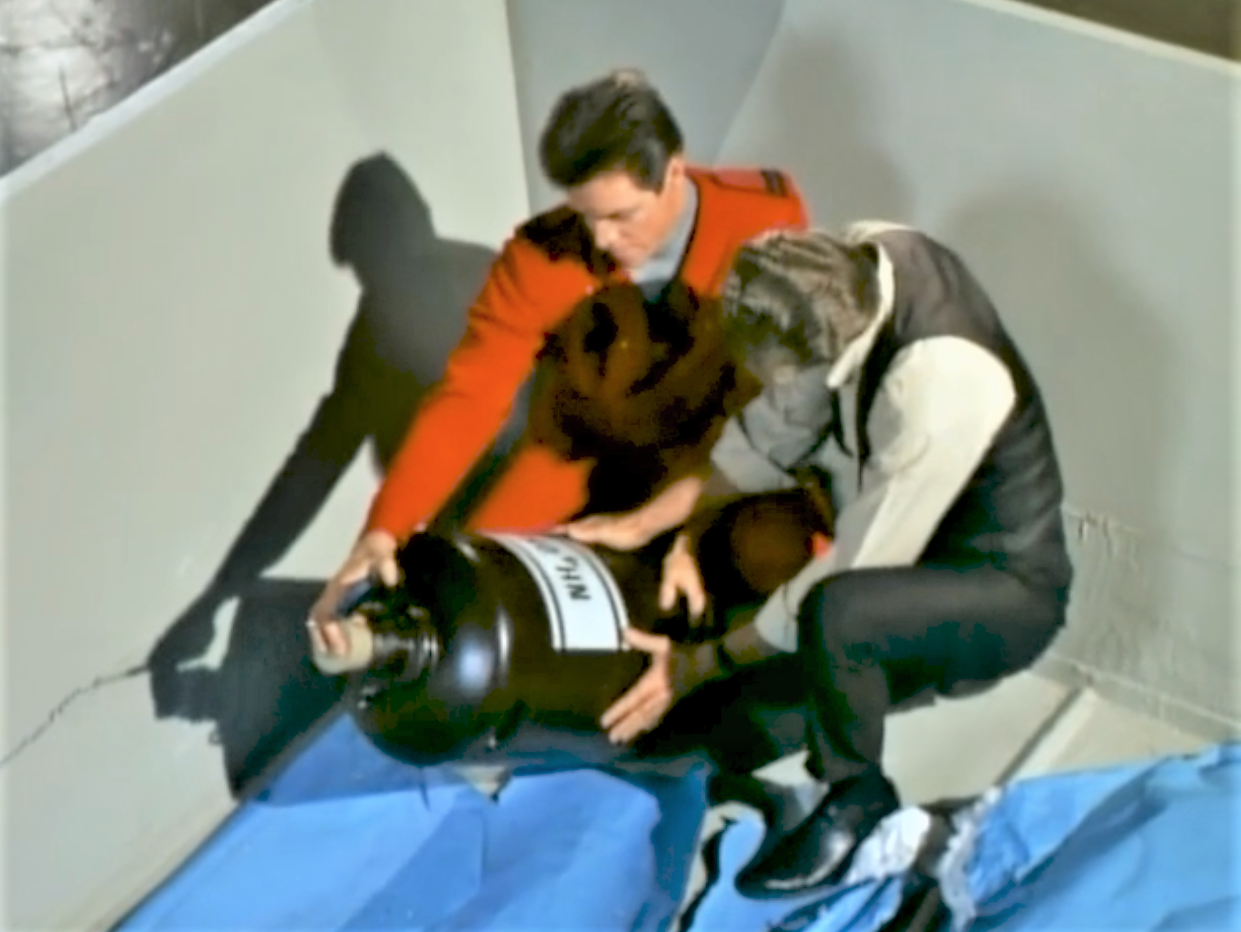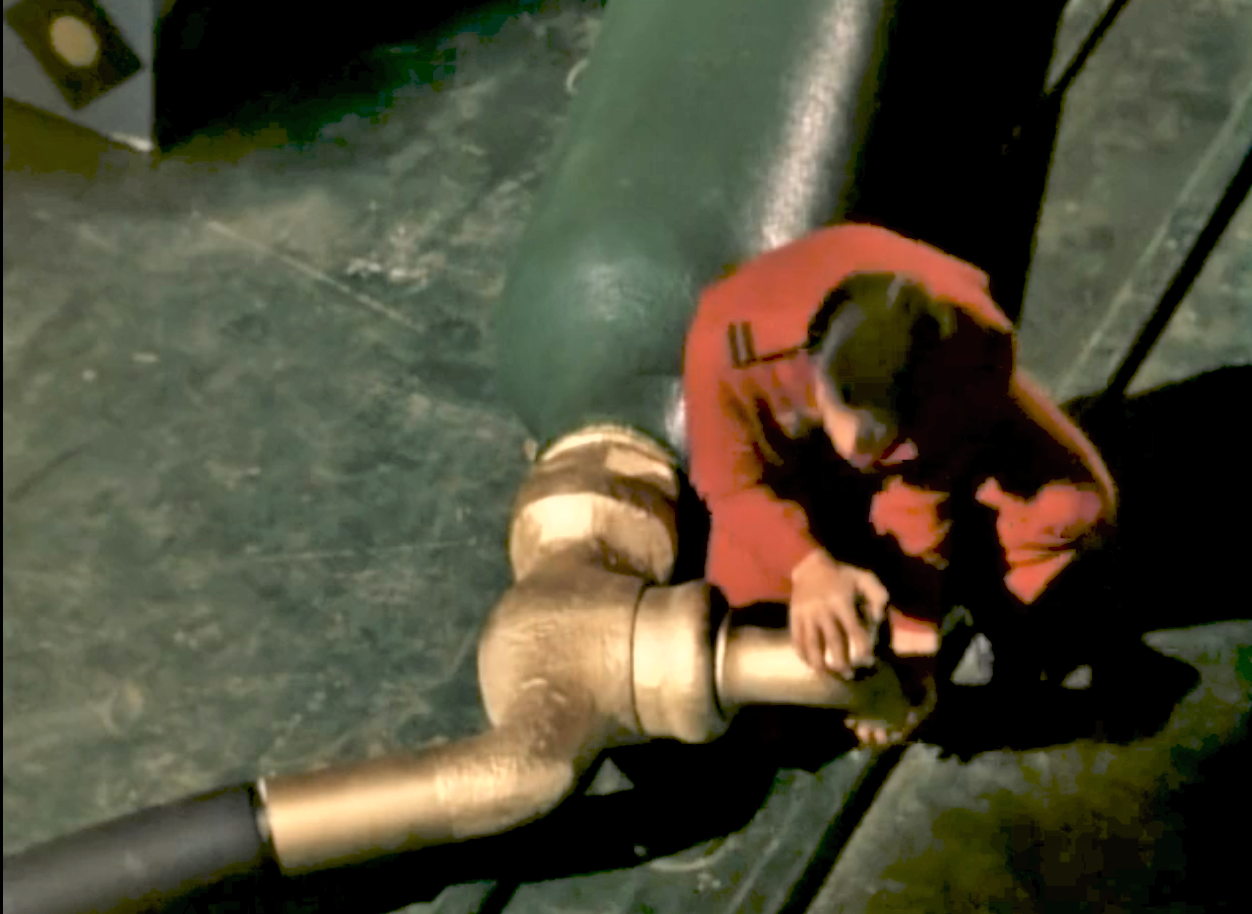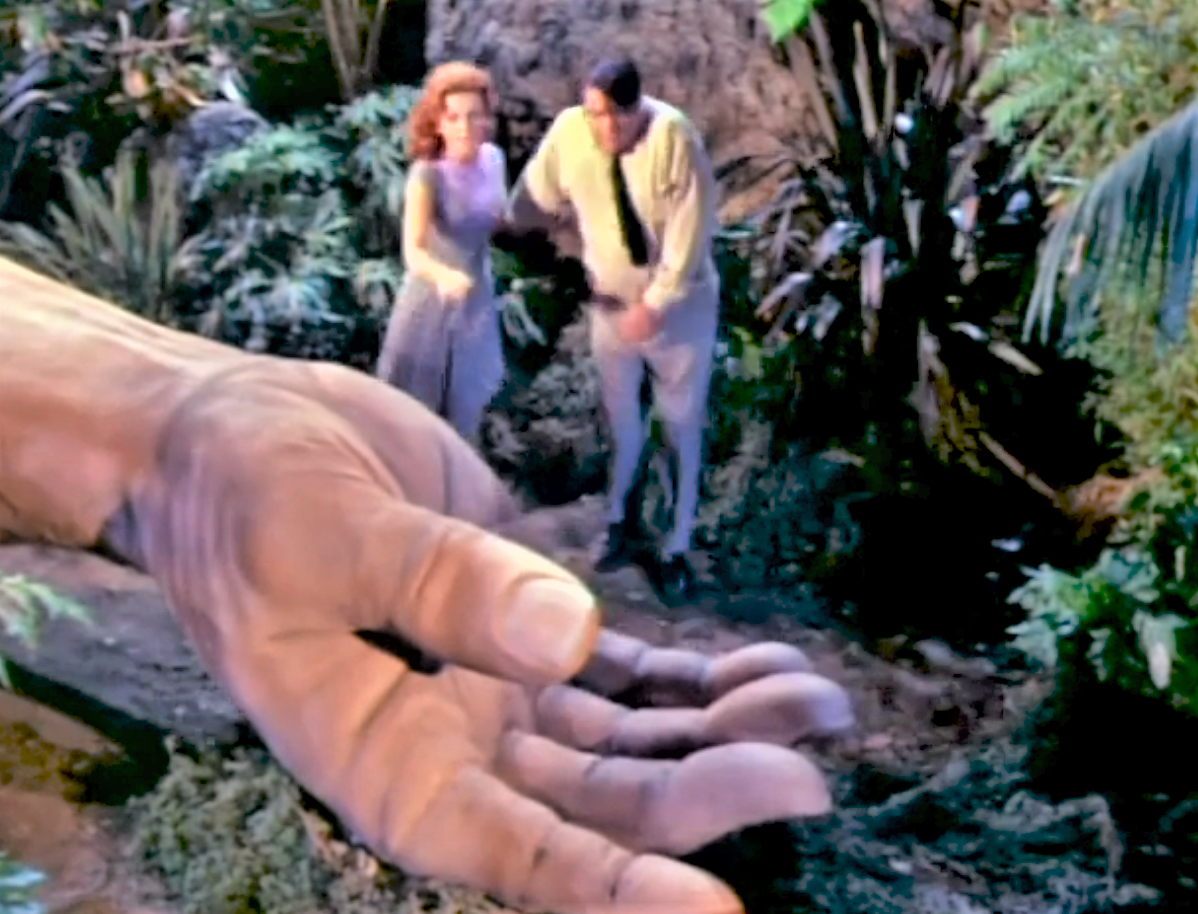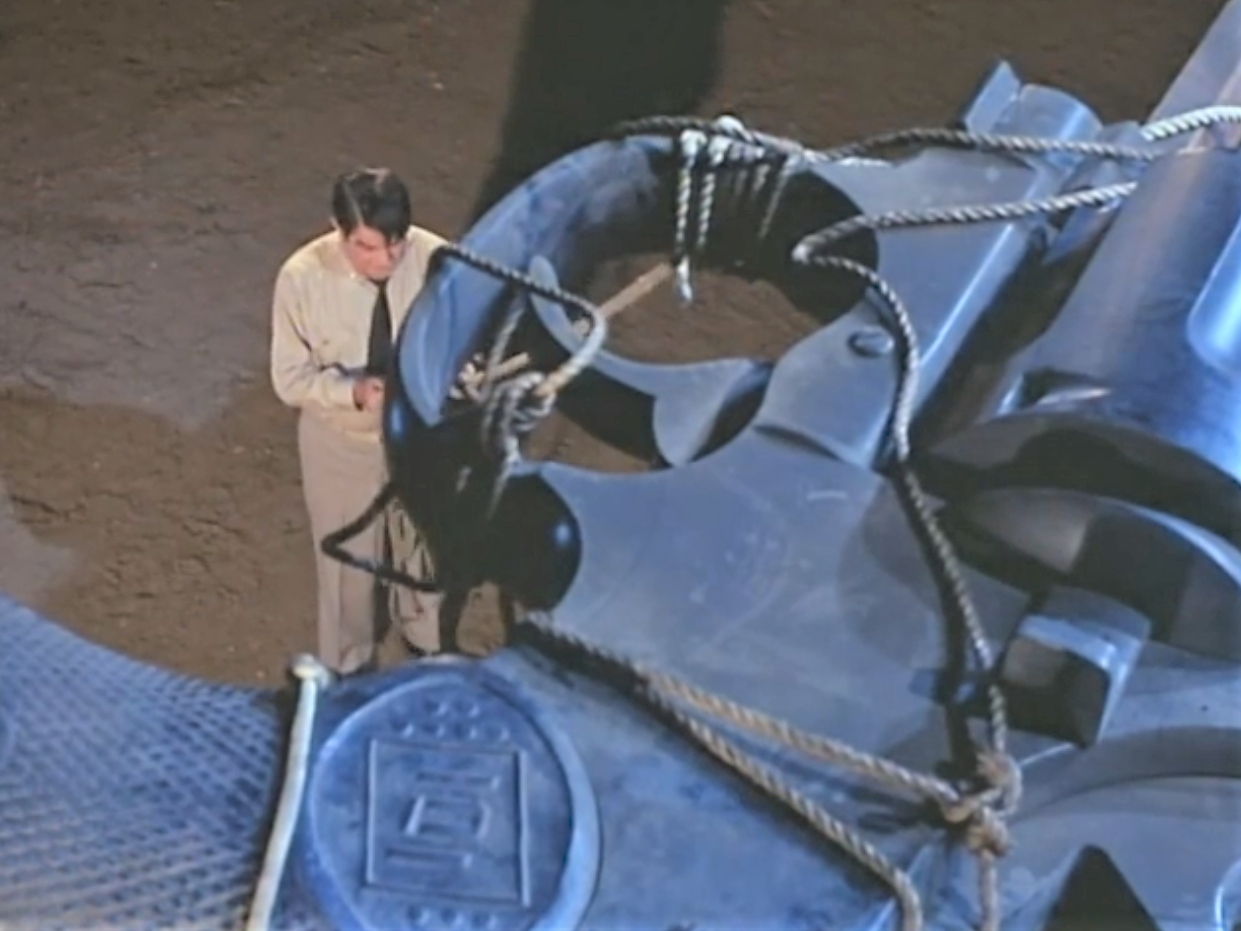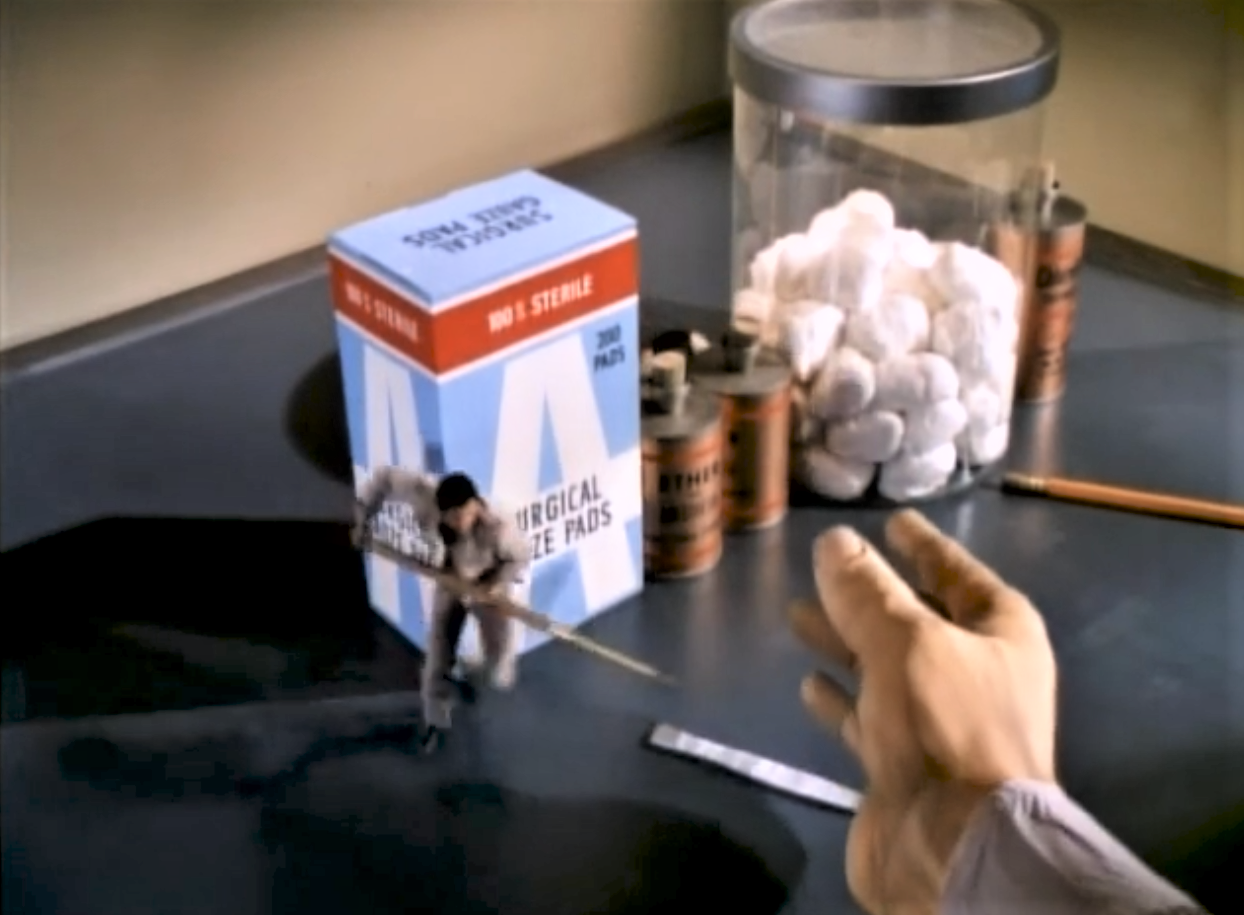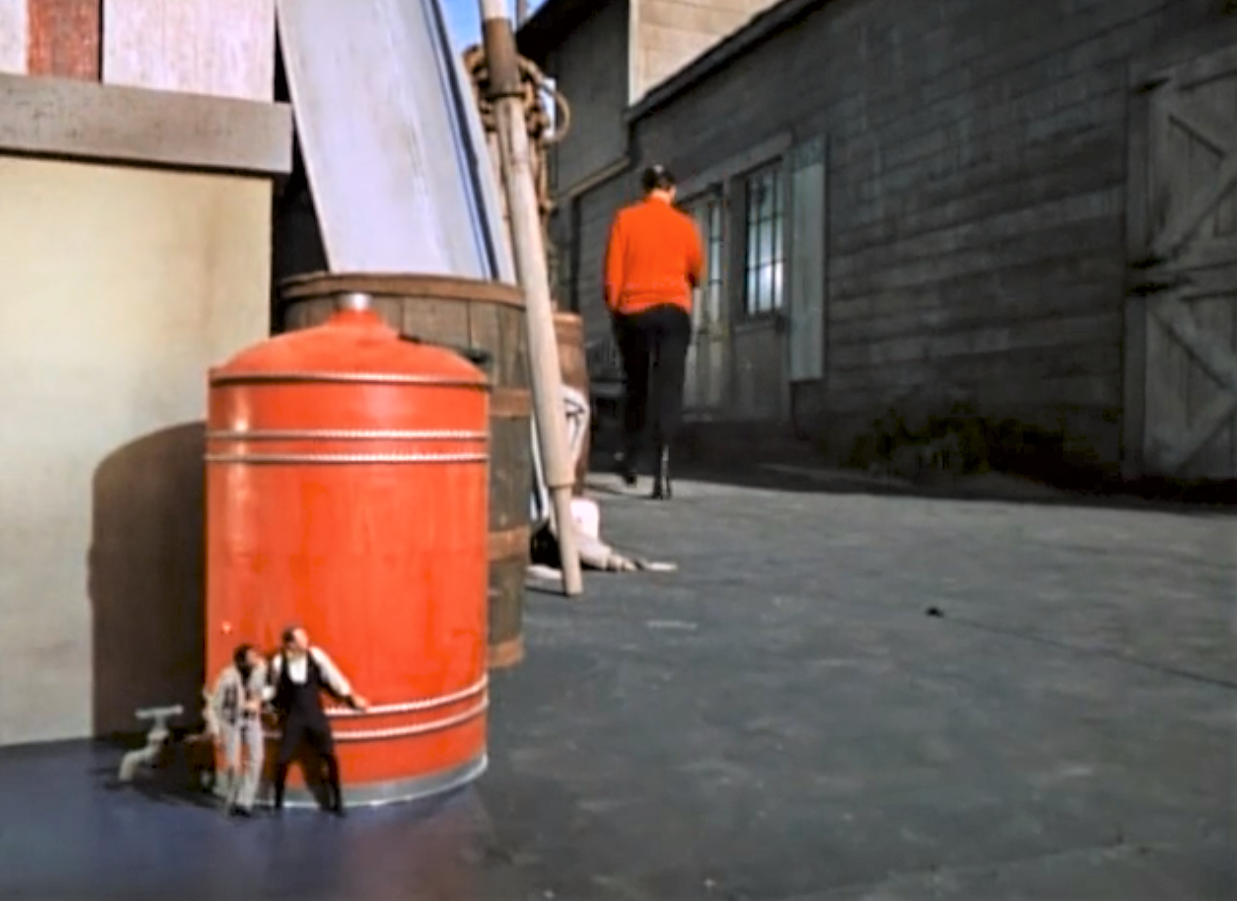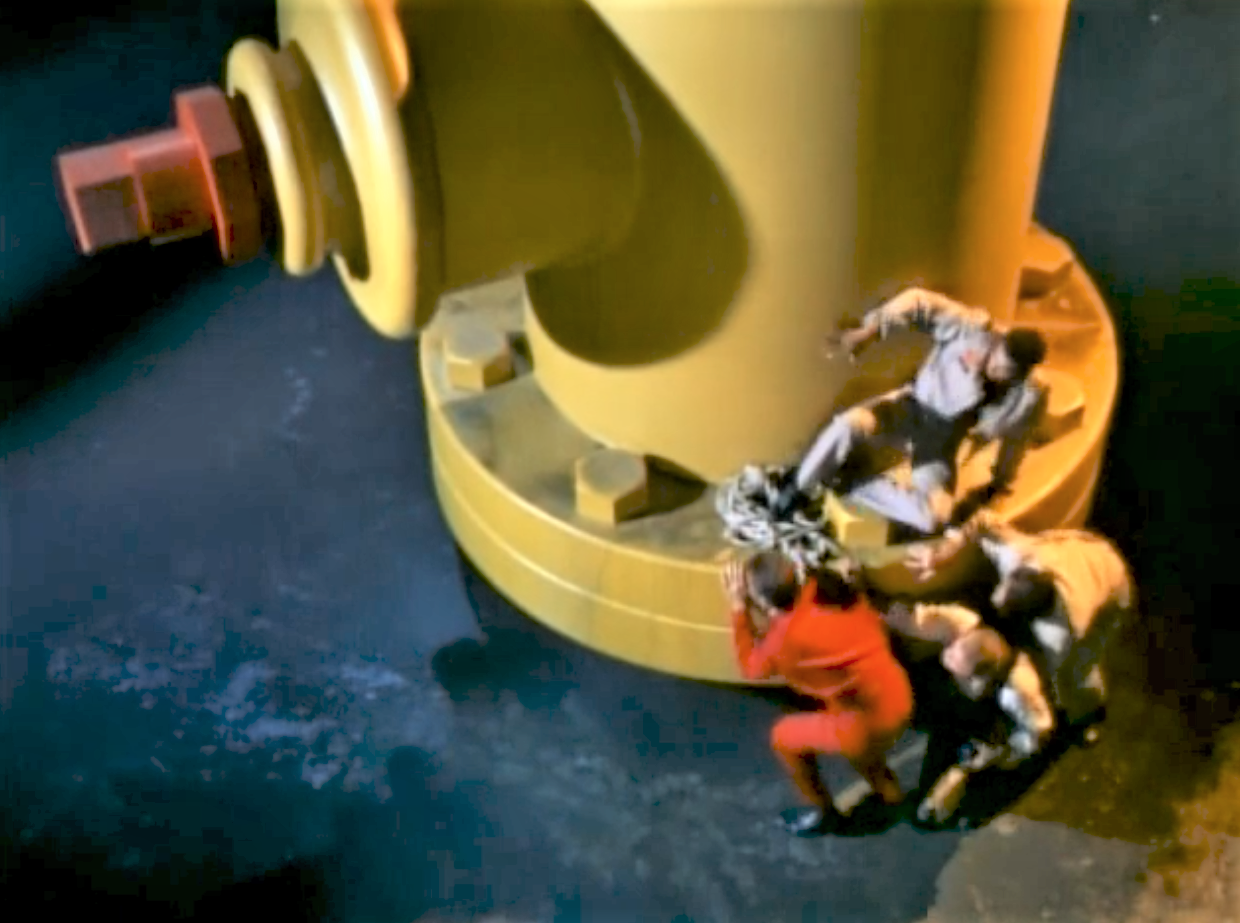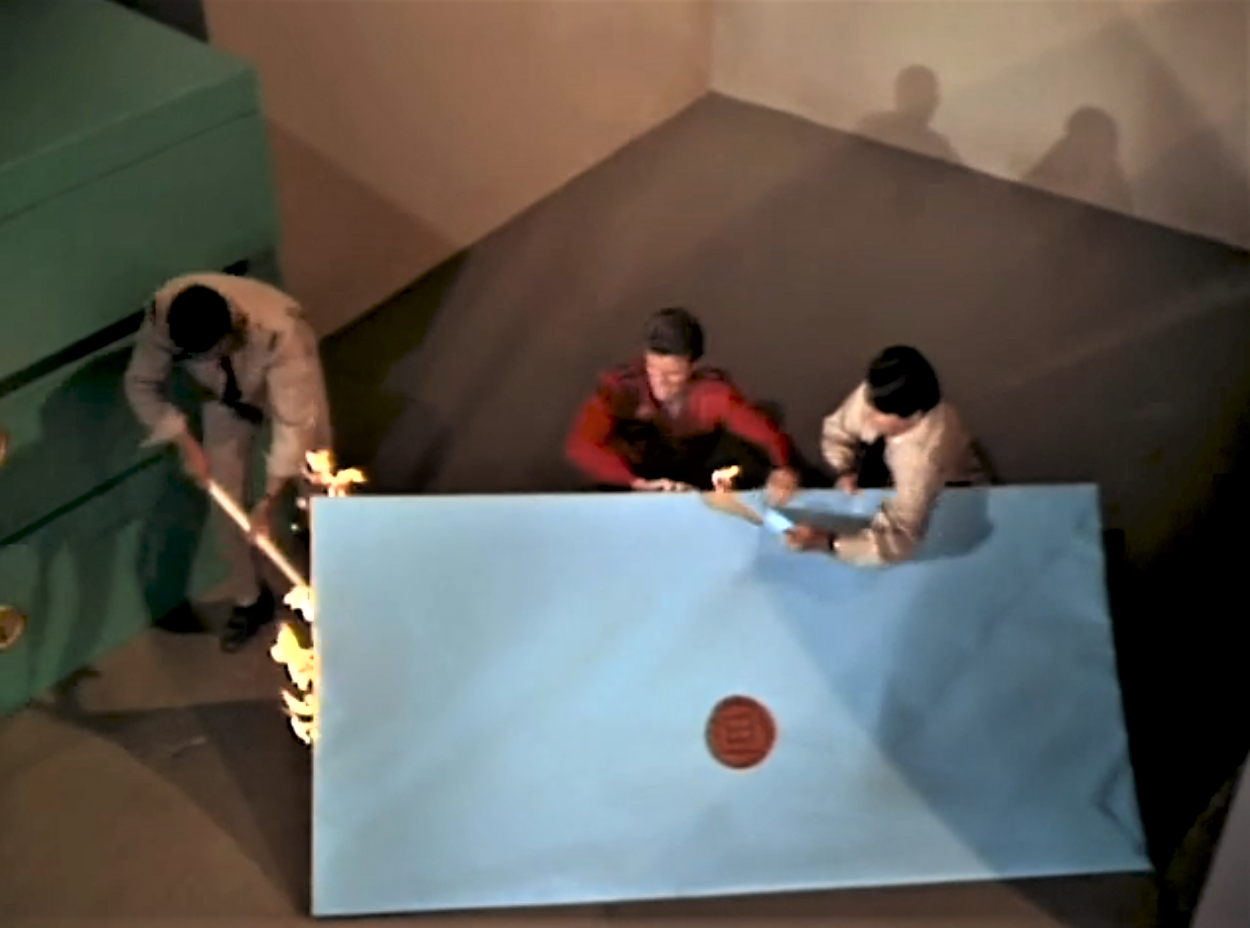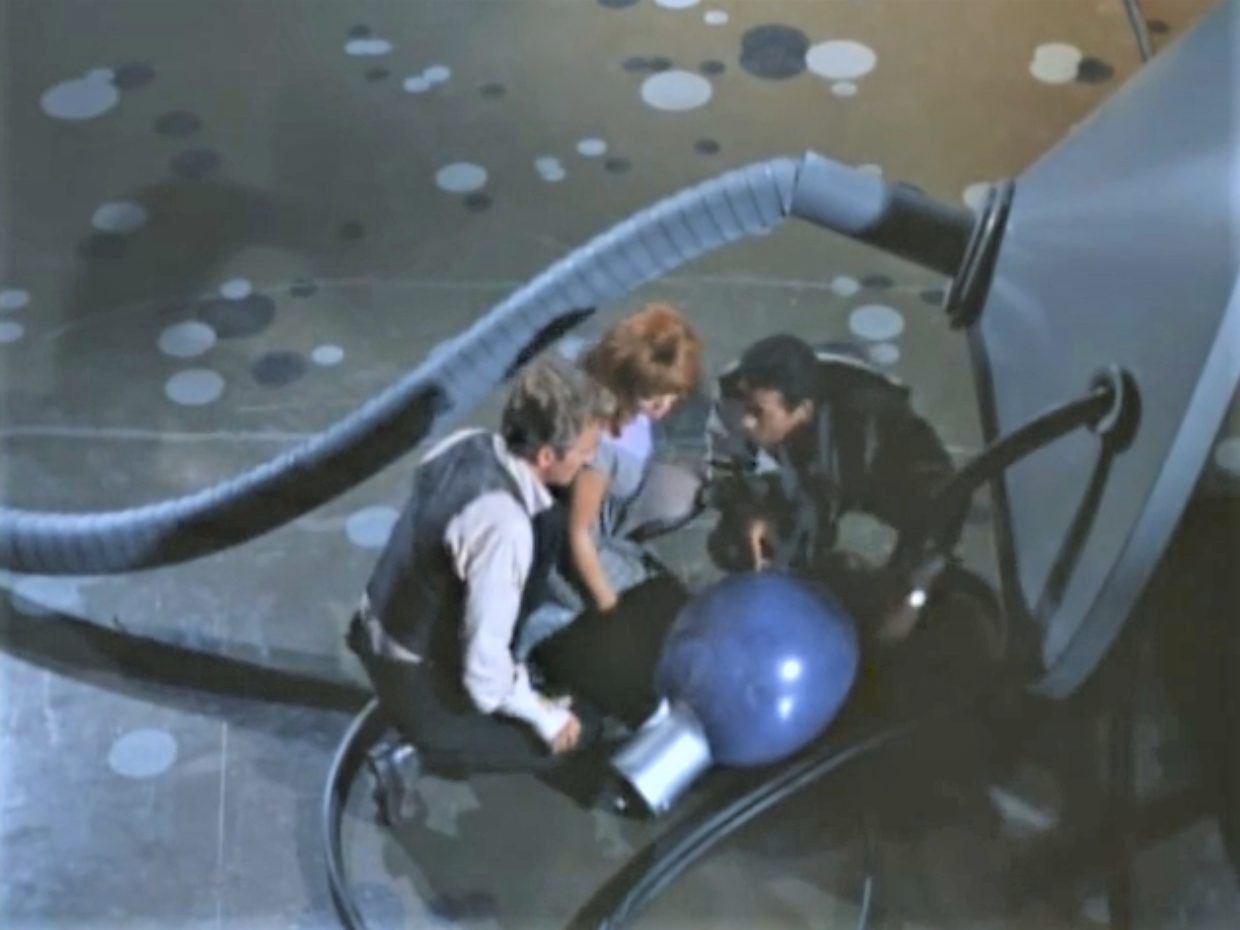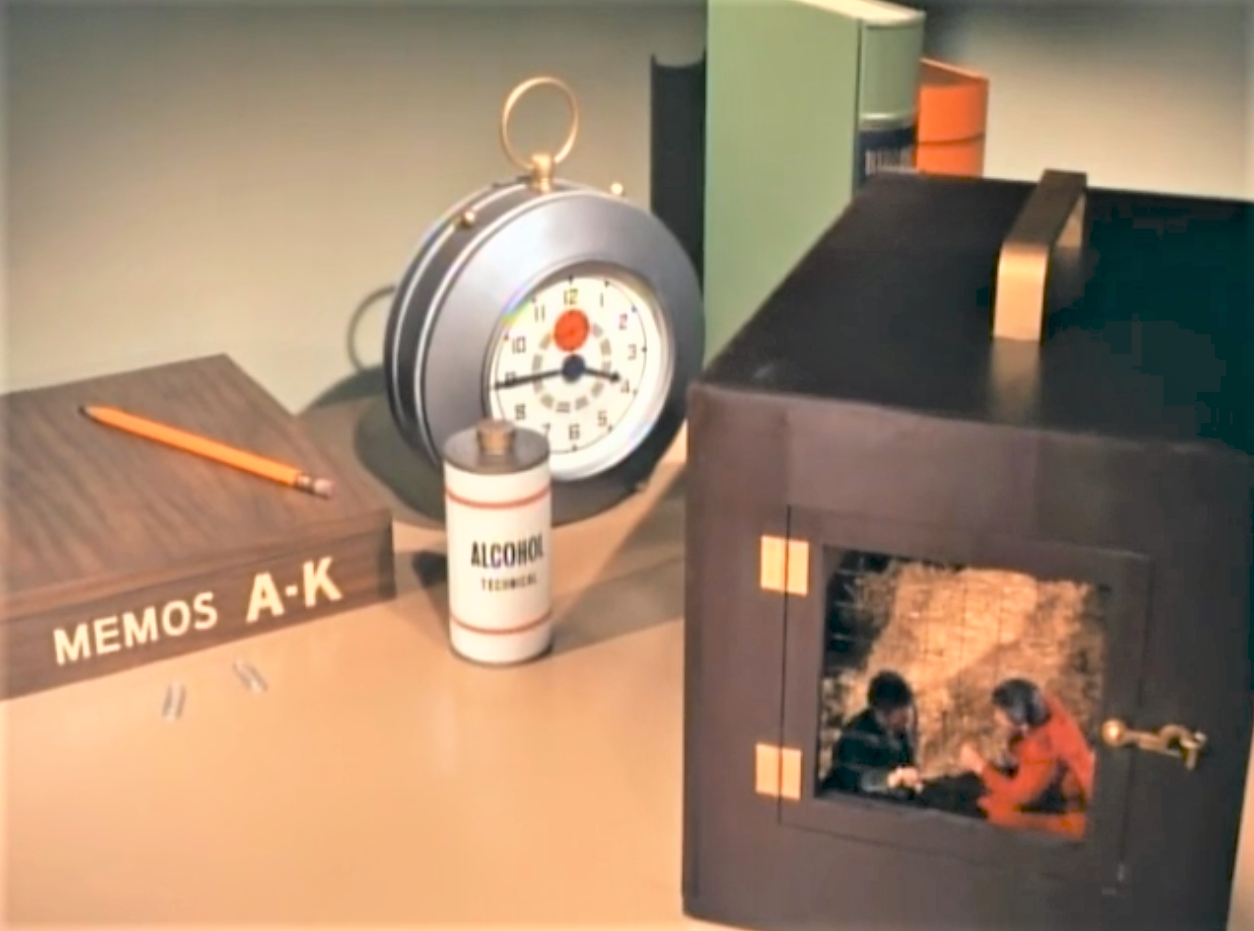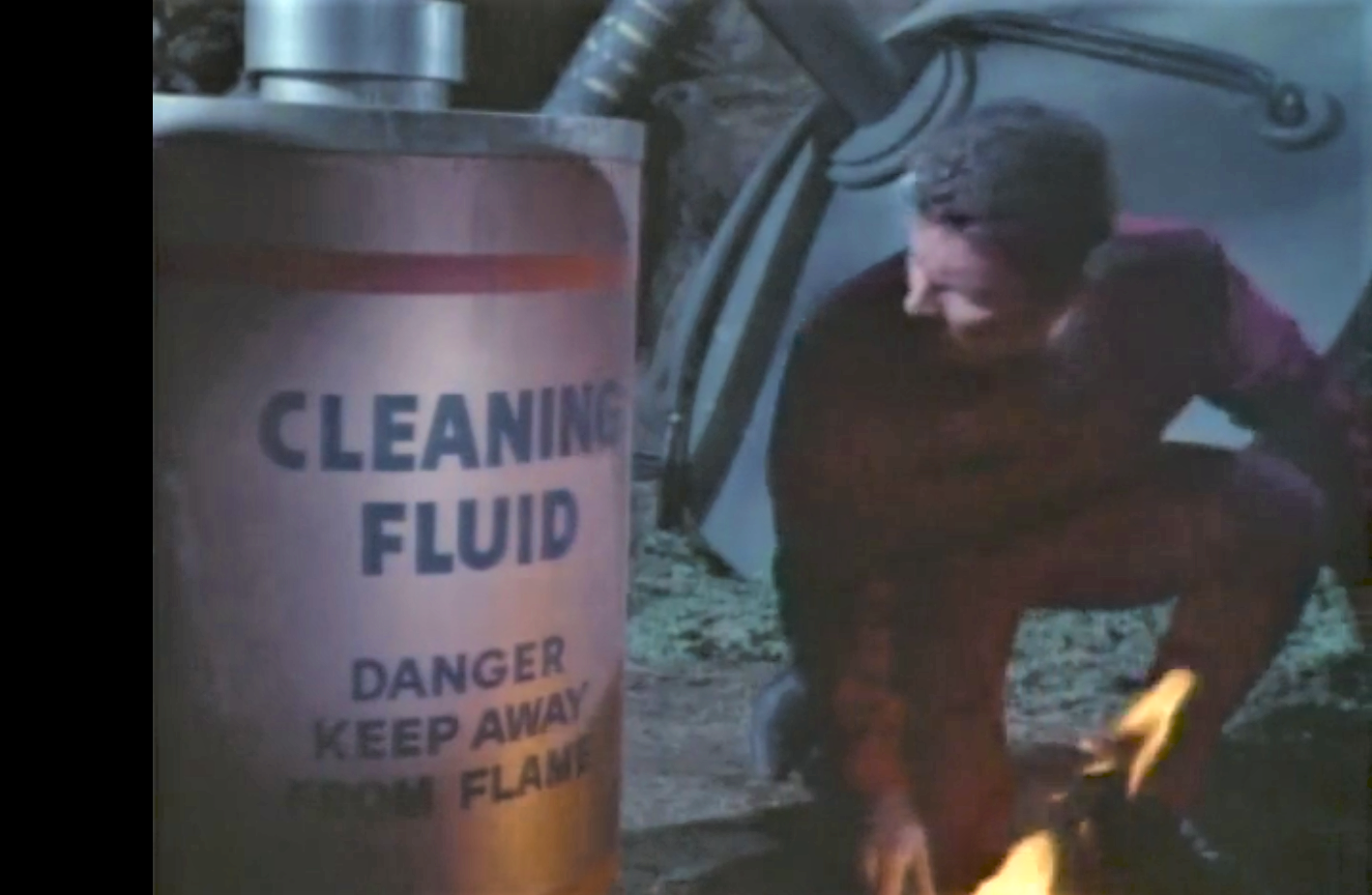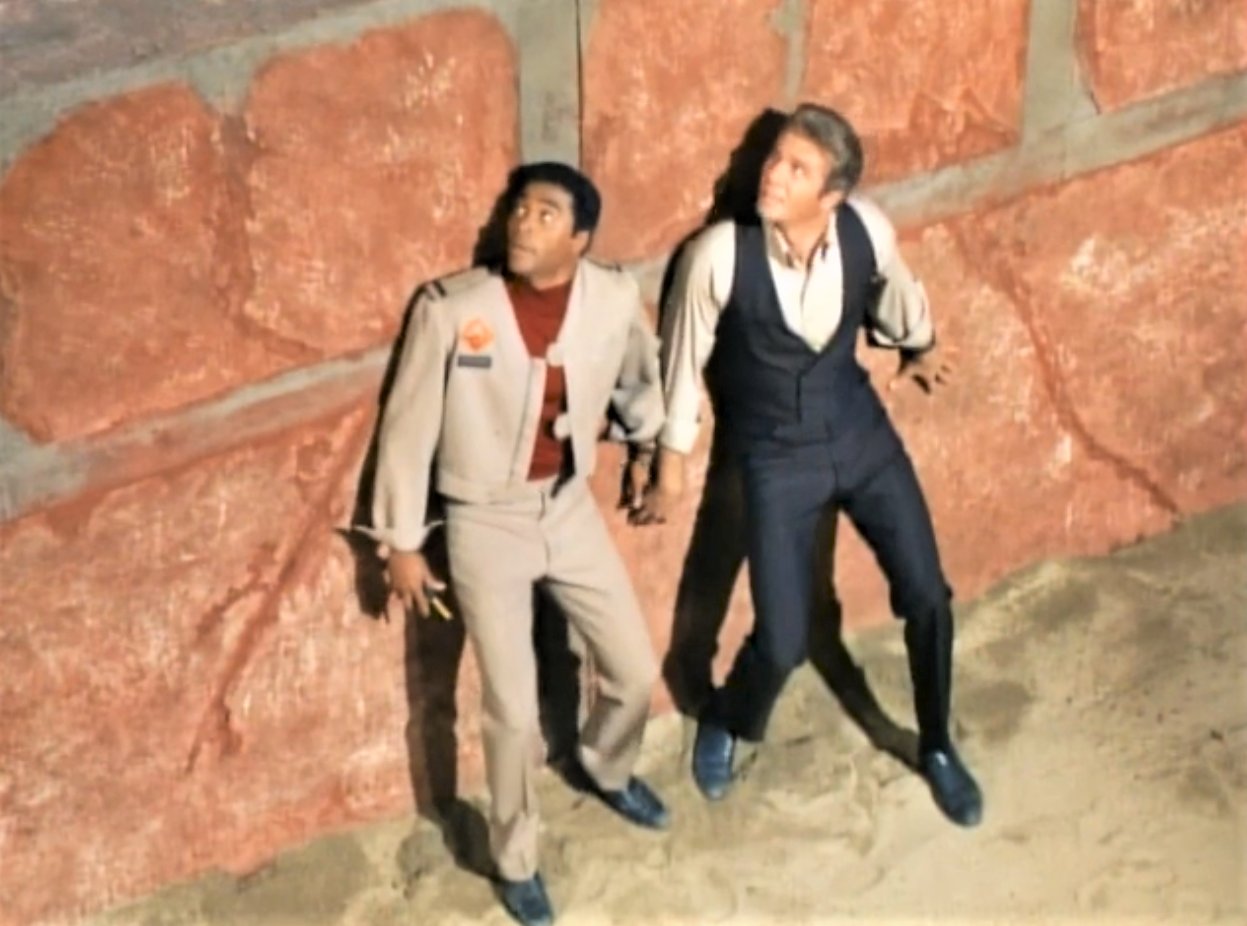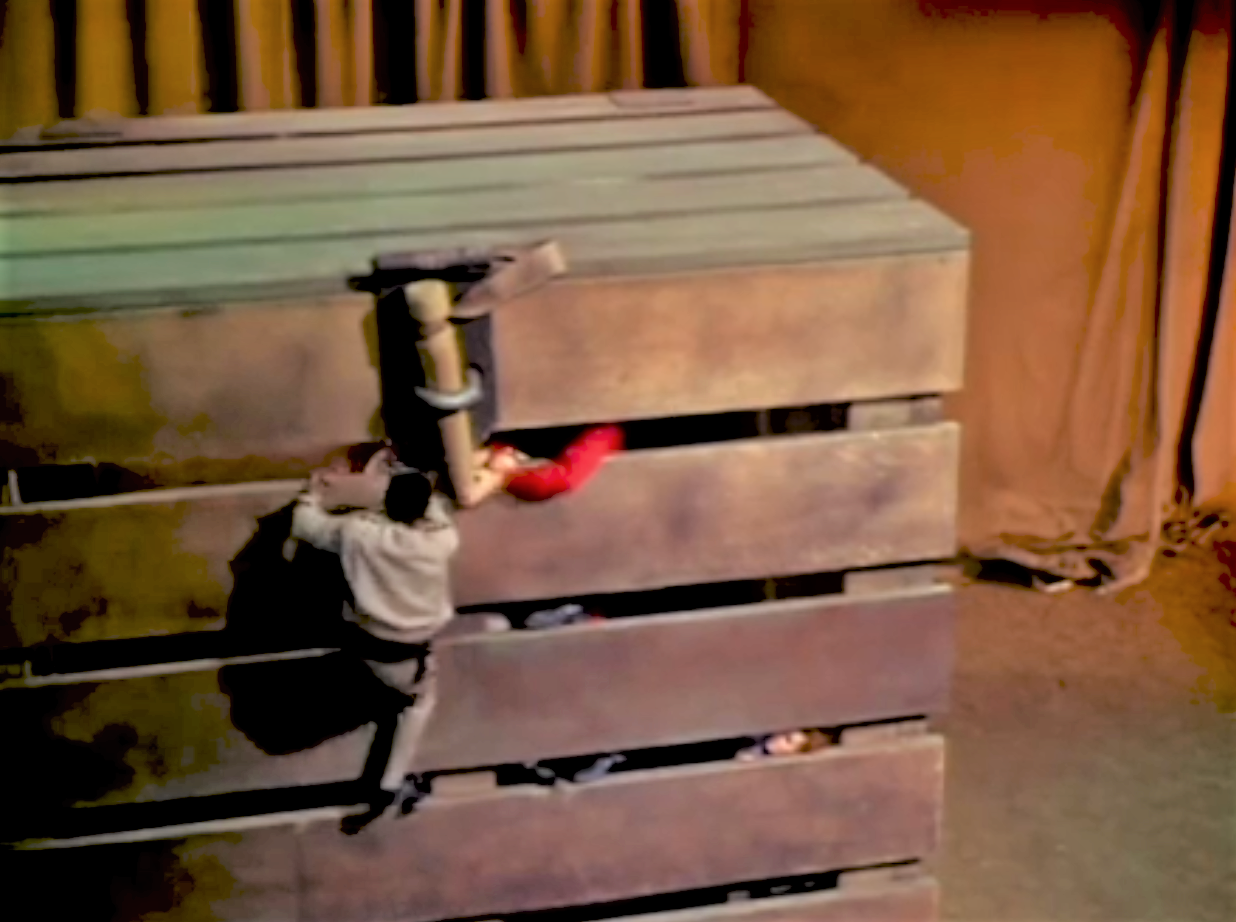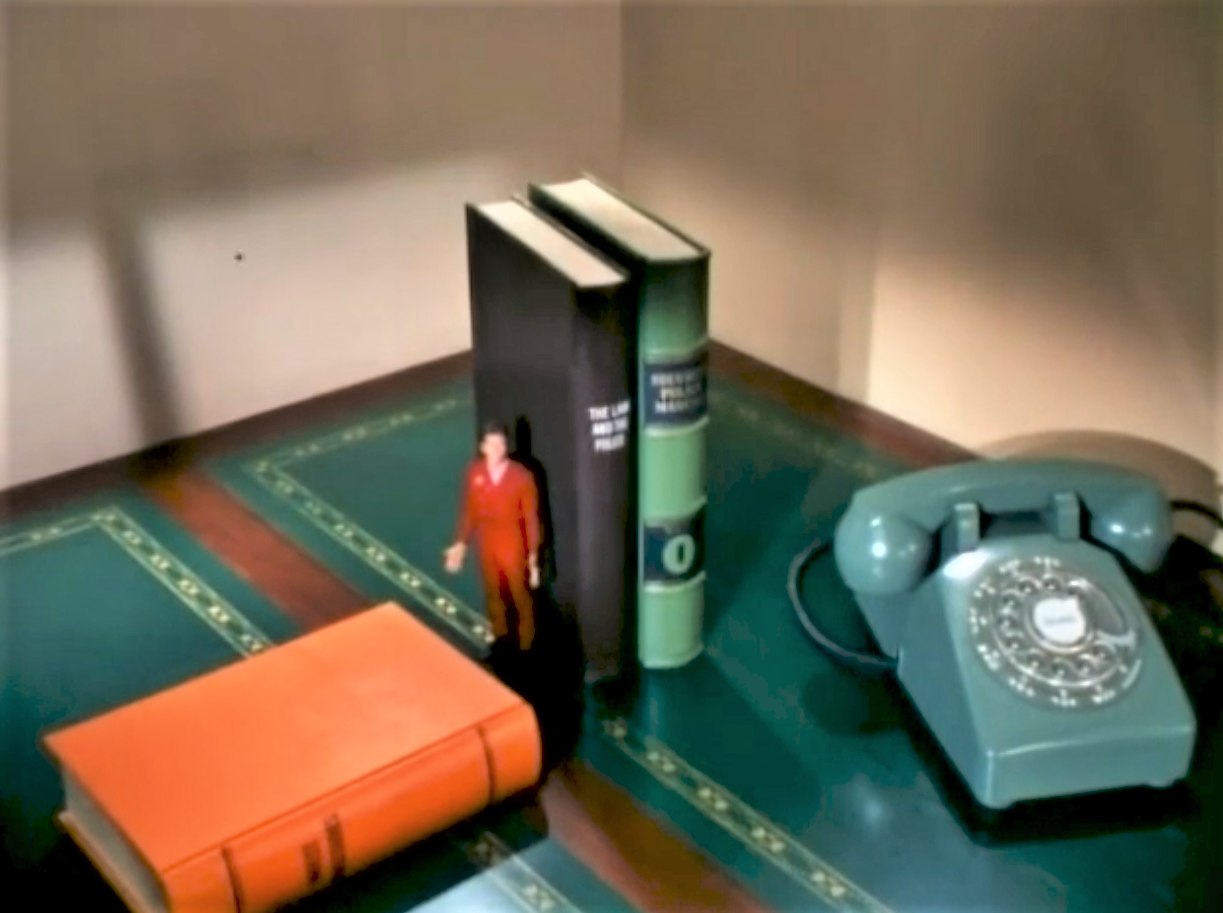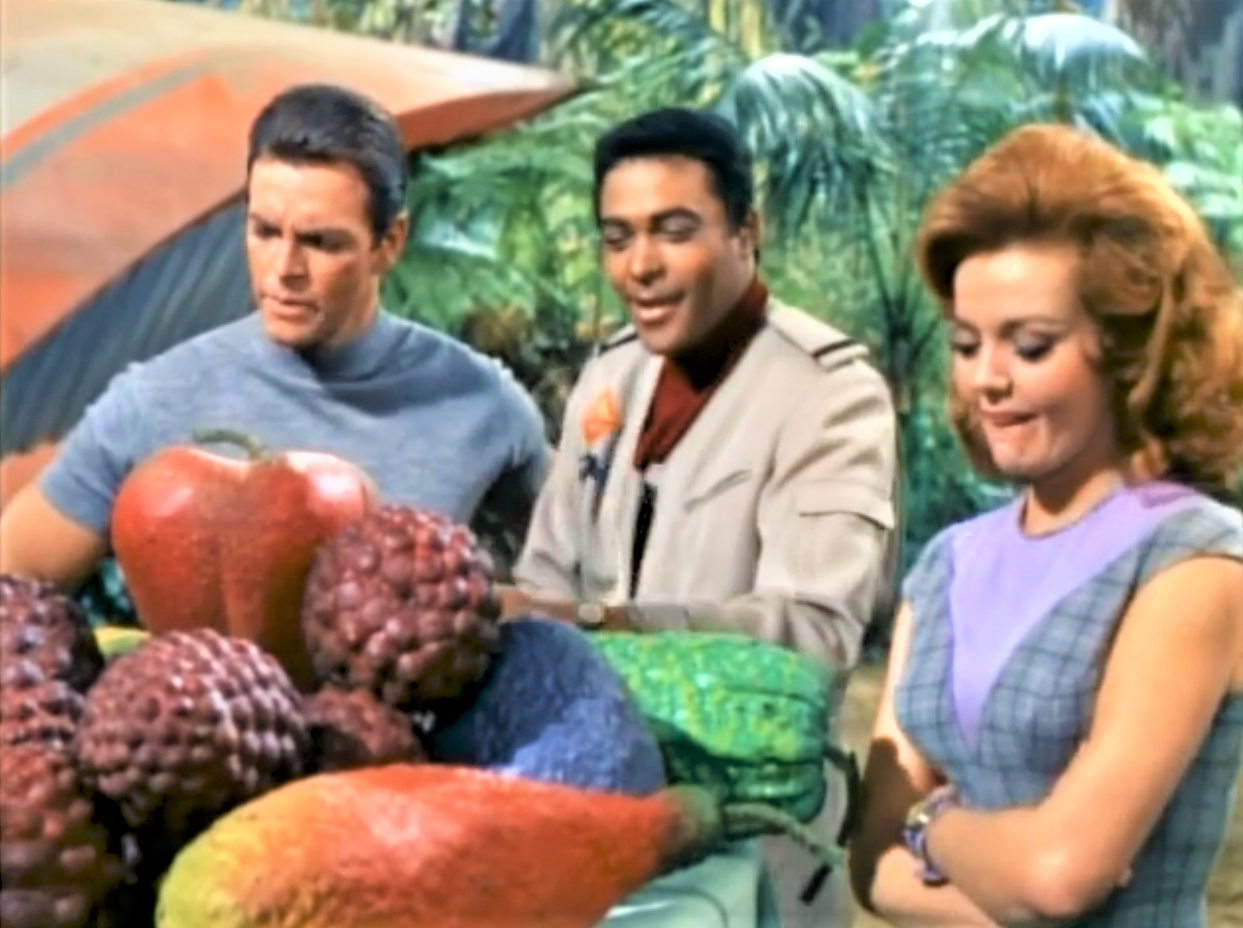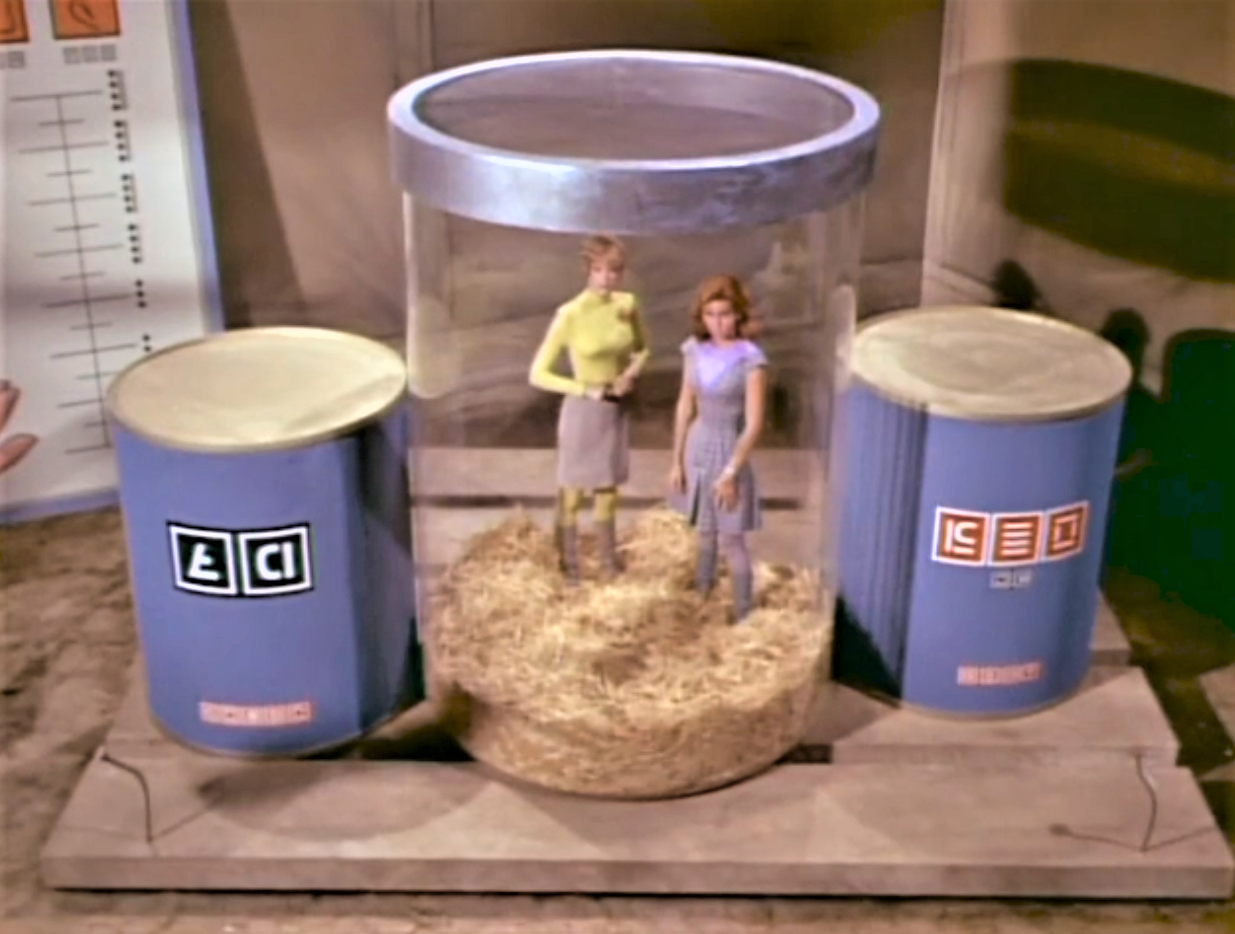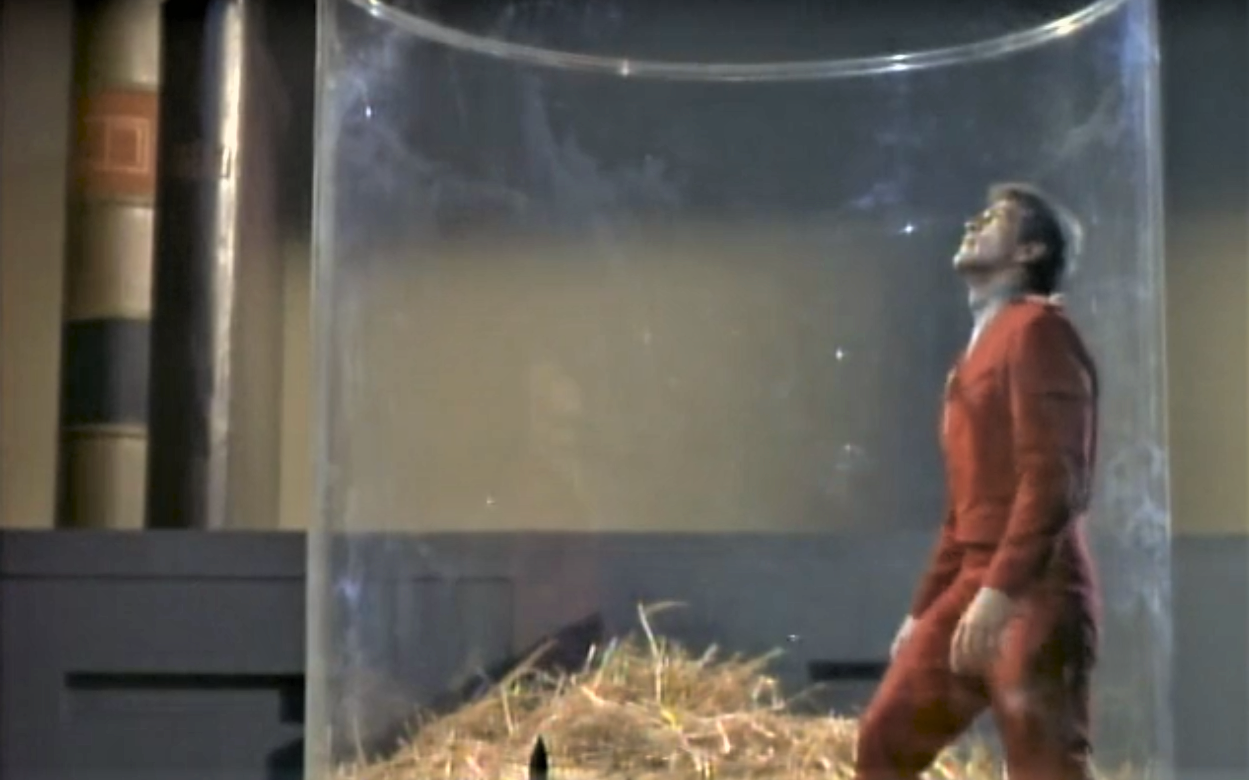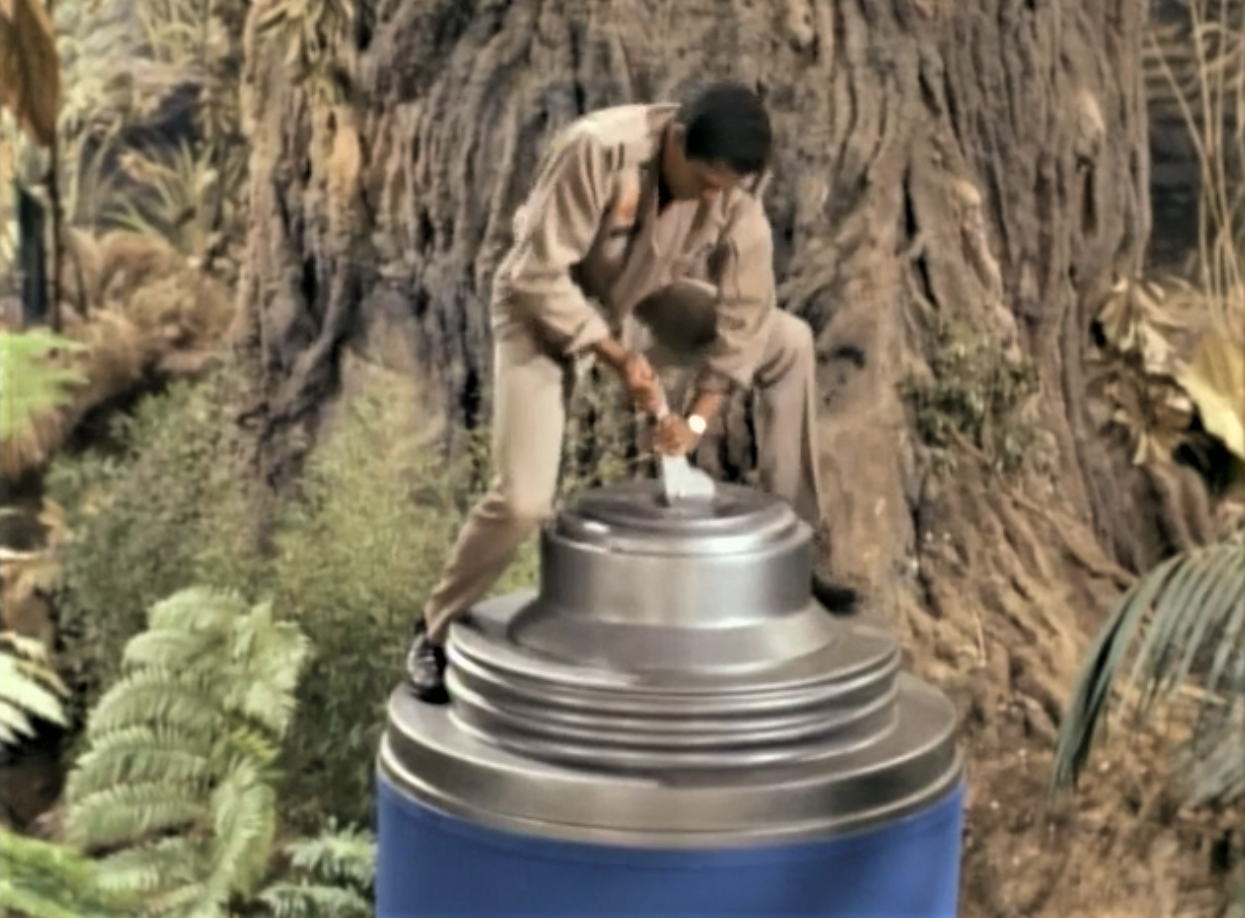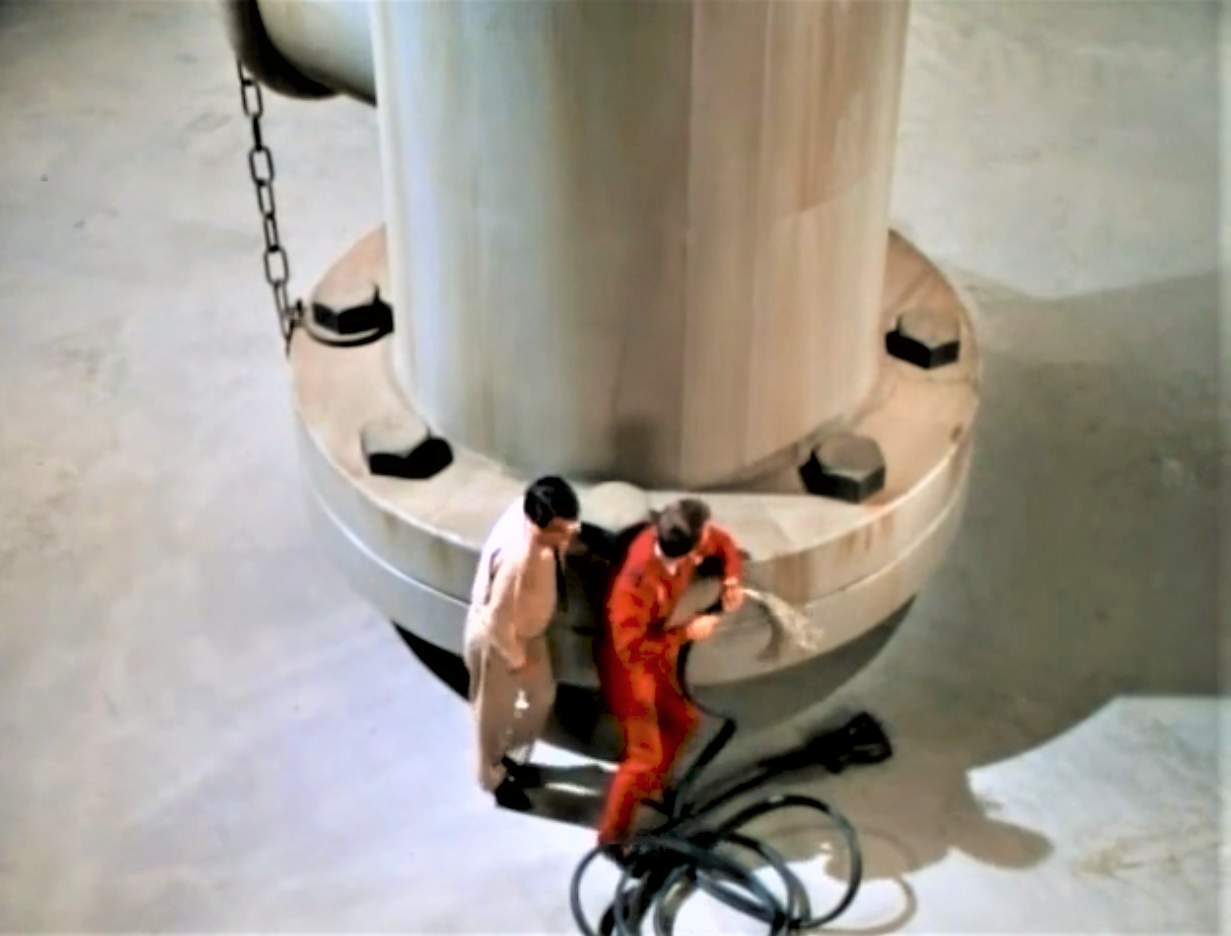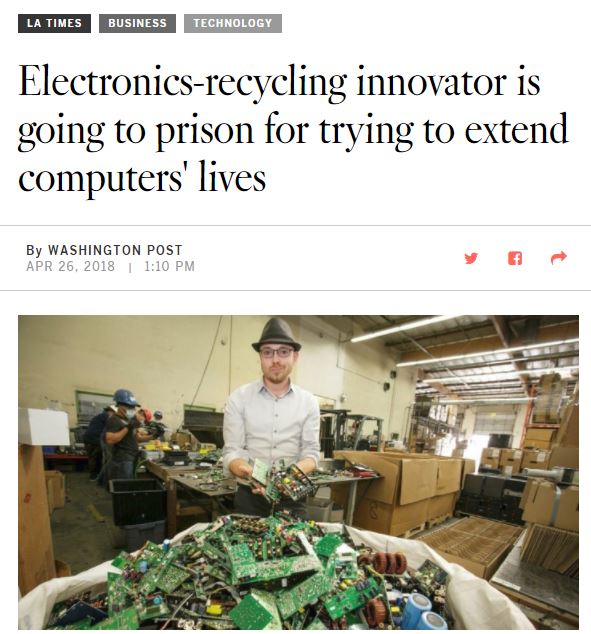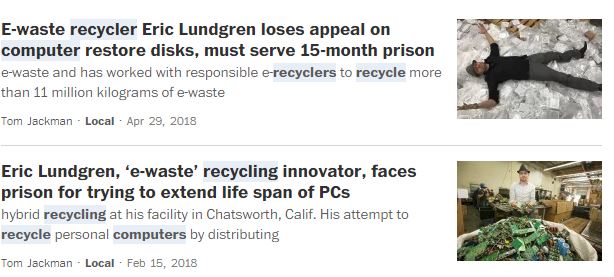When the Sands opened on December 15, 1952, it represented Las Vegas’ introduction to modern casino and hotel design. But the world wasn’t ready for it yet, as 1952 was a tender year for mid-century modern architecture: the Korean War was still being fought, Truman was still U.S. President. Few of the familiar signifiers of the MCM age, such as manned space travel, were present yet.
Wayne McAllister, the Sands architect, also designed the sign, a rare move in that town, where all signage was designed, fabricated, installed, and maintained by Young Electric Sign Co. (YESCO), which held and still holds an iron, Mafia-like grip on Vegas signage.
According to Chris Nichols’ fantastic book, The Leisure Architecture of Wayne McAllister,
“If I let YESCO design a sign,” [McAllister] remembered, “they would be back a couple of years later trying to get you to buy a better one.”
Still, McAllister had to hire YESCO to fabricate and install the sign. According to Nichols, the sign was fifty-six feet high, asymmetrically cantilevered, and used an “egg carton” design as a background for the script lettering. All of those features are MCM style wrapped into a single package. The only element that would truly make it MCM (and very much a McAllister creation) would be stonework on the support pillar.
1951: Sign Under Construction
One of the rare photographs from the UNLV collection showing construction of the Sands sign with the detached marquee. It would remain like that for awhile before the marquee was incorporated into the sign itself. It’s interesting to note the Trousdale Construction Co. sign. That company was owned by Paul Trousdale, who also built the legendary Trousdale Estates in Los Angeles.
1950s: Pre-Marquees
For much of the 1950s, the Sands sign stood proudly alone, with a separate marquee. The Sands sign’s subtitle, A Place In The Sun, ran on one line across the bottom of “Sands.” But this would eventually change.
This is probably the finest period of the Sands’ sign because the gridwork background was allowed to cantilever off of the support post on the right. As marquees were added below the gridwork, this graceful cantilever effect–and the view of the mountains–was obliterated.
1957: Back Side of Sign
A somewhat rare shot of the Sands sign from the back. While the sign had no true front or back, in most photos, the sign is presented with the support column on the right side.
1958: I Love Lucy Episode
While not a great view of Sands’ sign, this picture establishes that the original sign was still intact as of 1958 for this I Love Lucy episode, “Lucy Hunts Uranium.”
1950s: Sands Hotel Sign with TV Camera Operator
An unique photo of the Sands Hotel sign showing a TV camera operator on a platform.
1960: Famous Rat Pack Photo
Arguably the most famous picture of the Rat Pack, the Sands, and perhaps even Las Vegas itself. By now, two marquees had been incorporated into the sign. This photograph was taken in 1960, during the filming of “Ocean’s 11.”
1962
Early 1960s
In this two-marquee period, the marquees were still kept to one side of the sign.
Mid 1960s: Rebuilt Sands Hotel Sign
In this major rebuild of the Sands Hotel and its sign, it’s worth noting that the sign was no longer cantilevered. To accommodate the weight and size of the added marquees, the gridwork extends to grade.
1965: Sands Hotel and Sign Being Rebuilt
In the mid 1960s, the Sands Hotel and Casino was rebuilt as a round skyscraper, and the sign was rebuilt along with it.
Mid 1960s: Two Marquees
In a later two-marquee period, the larger marquee was enlarged and shifted to the center of the support pillar.
Mid 1960s: Two Marquees
Early to Mid 1970s
The 1970s was the era of the three marquees. More gridwork was added to the casino/hotel side of the sign to either structurally support or visually balance the extra marquees.
Dave Barry was a popular opening act for Wayne Newton. Not related to the writer/humorist, Barry died in August 2001.
1970s: Three Marquees
1981: Sign Dismantled
After thirty years, the era of the iconic Sands sign had passed. In this back side view, the classic sign was dismantled in 1981 and replaced by a large marquee-style sign from YESCO.
